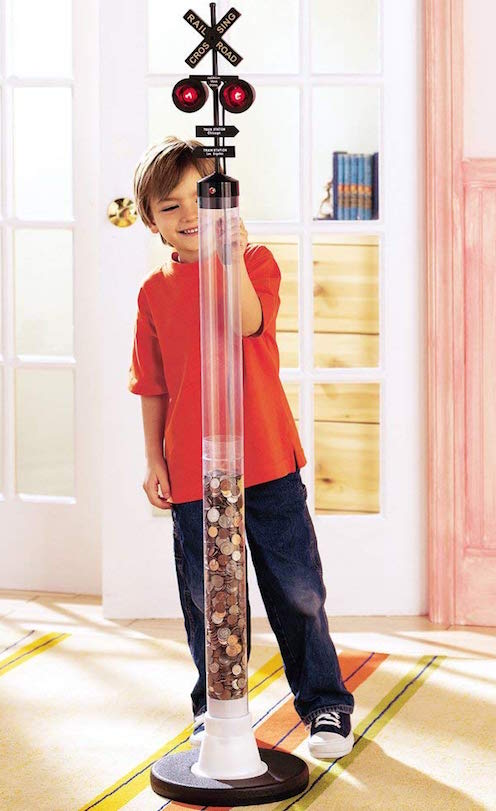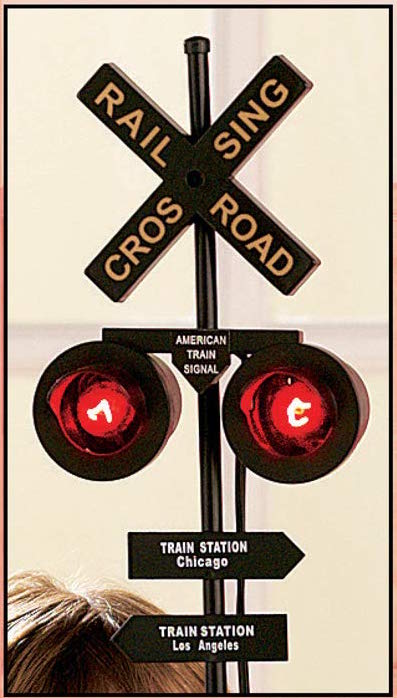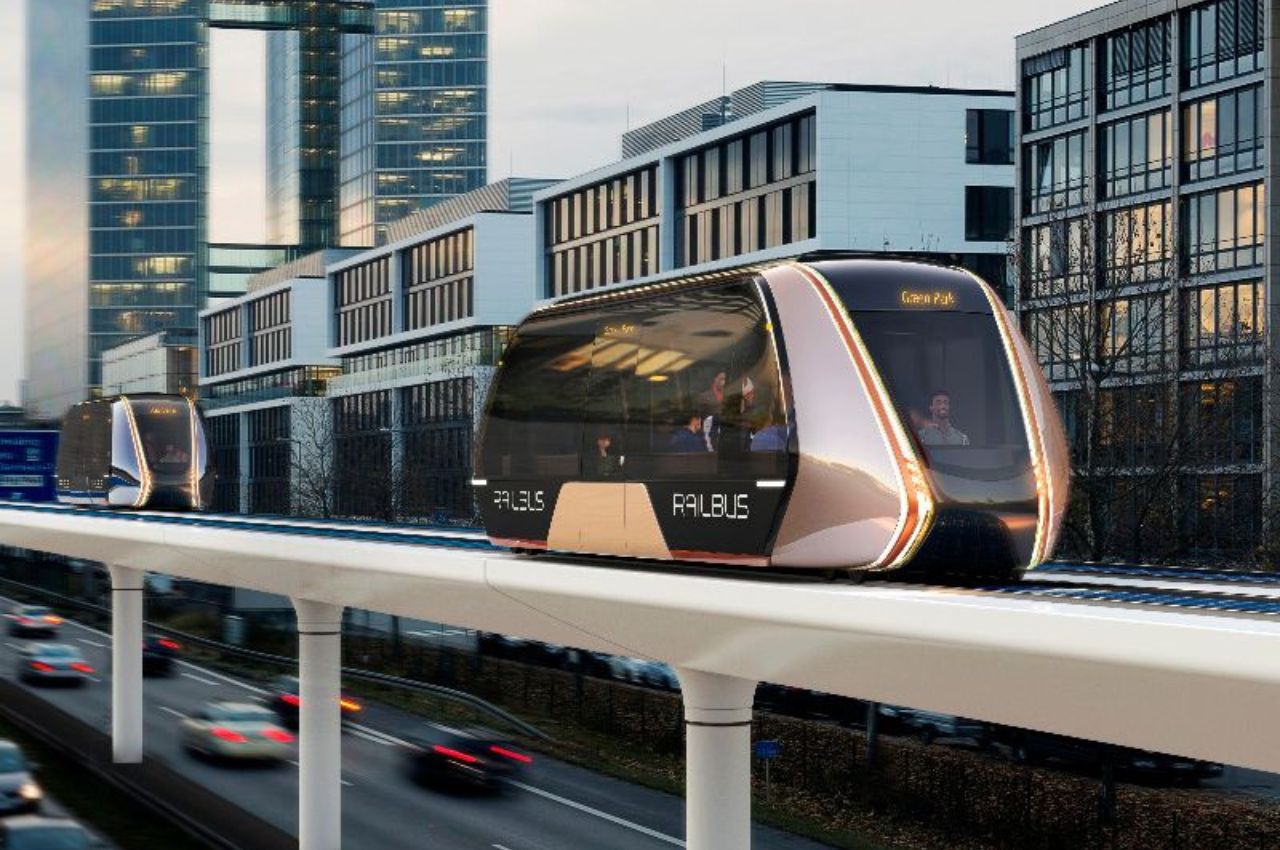
Dubai, a city known for pushing the boundaries of innovation and technology, is set to redefine its transportation landscape with two groundbreaking projects. The Roads and Transport Authority (RTA) in Dubai has recently entered into partnerships with international experts to develop sustainable and futuristic transport solutions. The first memorandum focuses on the development of the Floc Duo Rail system, while the second aims to create a solar-powered rail bus system. These initiatives mark a significant leap forward in Dubai’s commitment to embracing advanced technologies, sustainability, and the future of urban mobility.
Designer: Urban-Mass Company and RAIL BUS Inc.
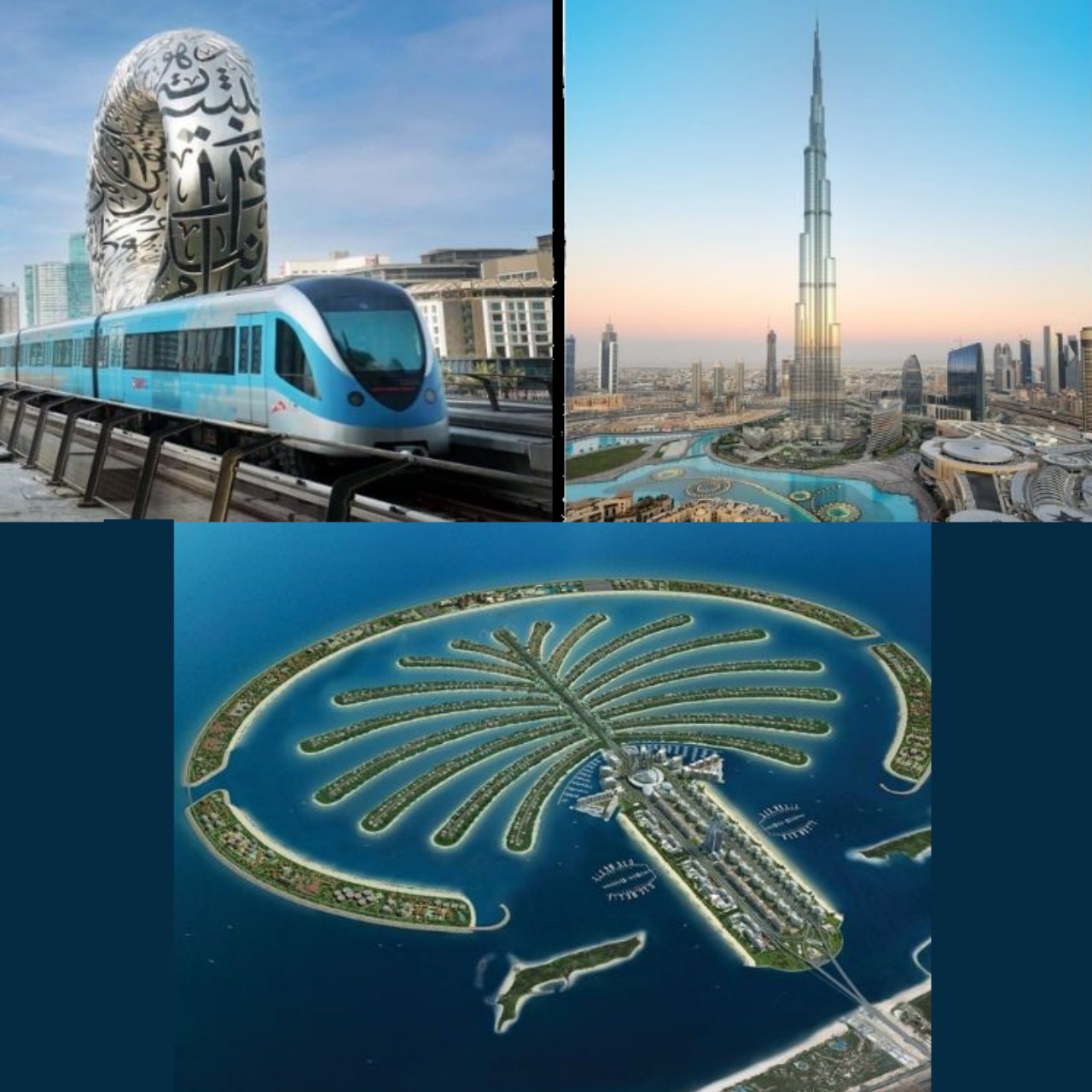
Over the past 15 years, Dubai has undergone a remarkable transformation, from the inauguration of the iconic Dubai metro in 2009 to the creation of architectural marvels such as the Burj Khalifa and Palm Jumeirah Islands. The UAE has truly made a mark on the map, quite literally with the man-made islands. Dubai has consistently demonstrated a commitment to pushing the boundaries of what is possible, blending luxury with technological advancements. With a conscious focus on sustainability, Dubai has established forums that encourage initiatives aimed at reducing environmental impact.
Floc Duo Rail System:
The Floc Duo Rail system, developed in collaboration with UK-based Urban-Mass Company, is set to revolutionize urban transportation. Comprising driverless, electric-powered pods moving on an elevated track, this innovative system eliminates the need for extensive earthworks, costly tunnels, and large stations. The double-track design enables swift and efficient movement within urban areas, with the added advantage of scalability. The system can be tailored from small local areas to city-wide networks, showcasing its adaptability to various urban environments.
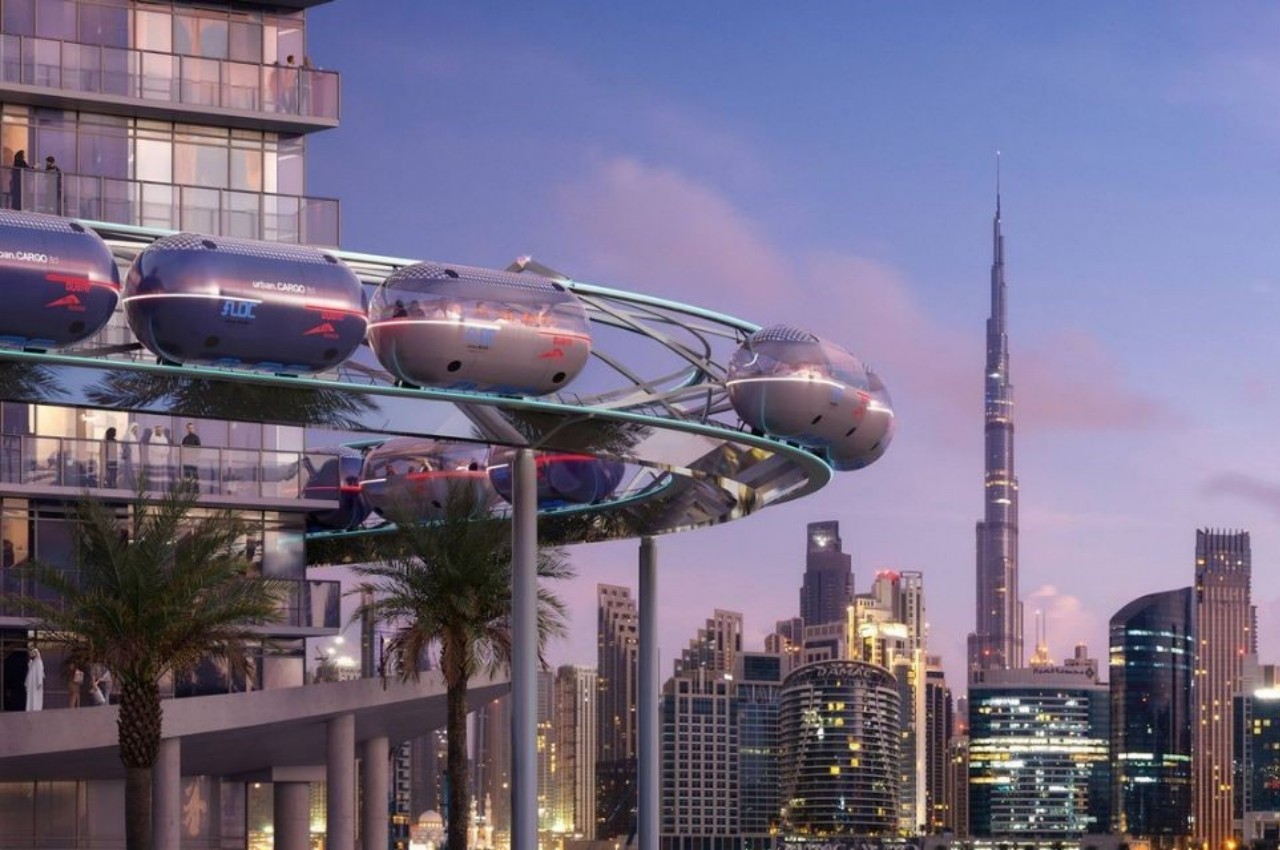
yanko design images to size – Dubai_new_transport_03
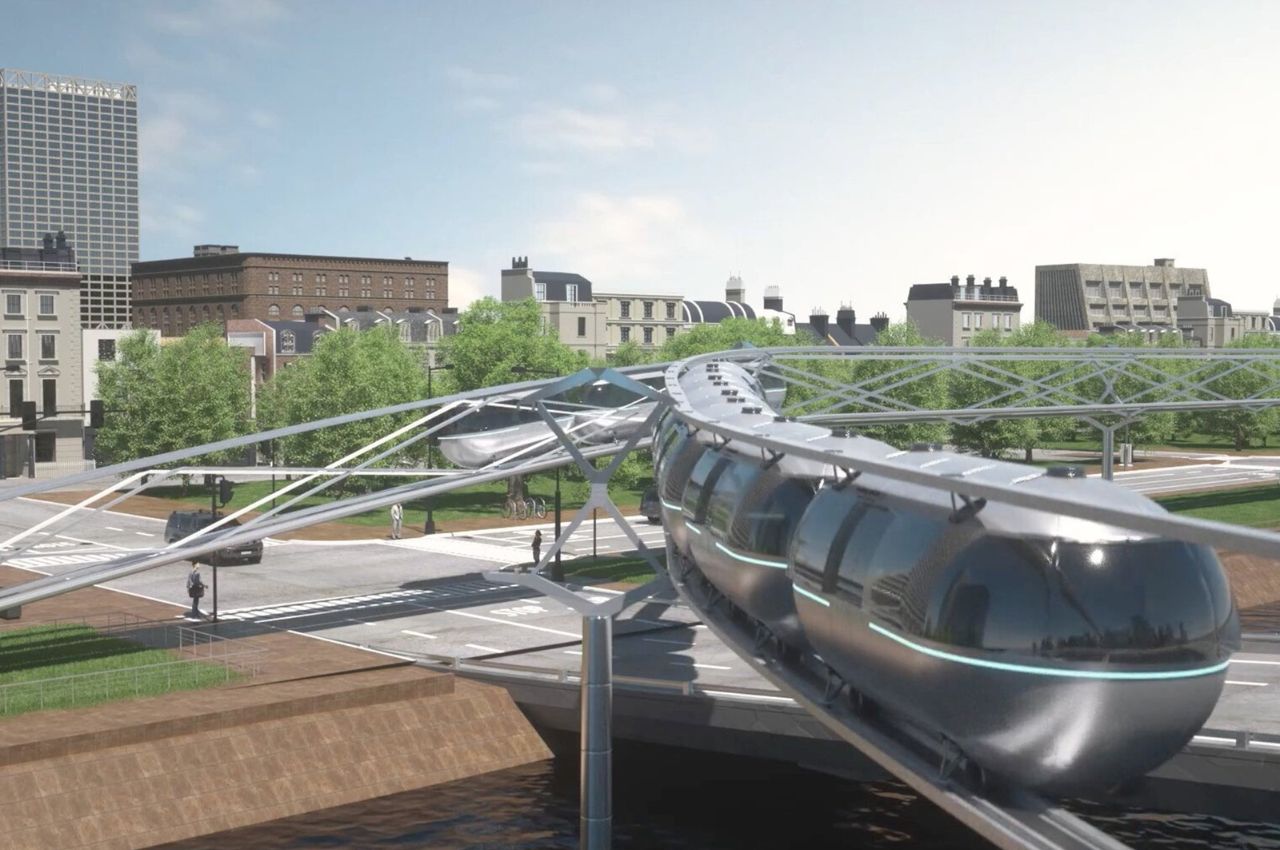
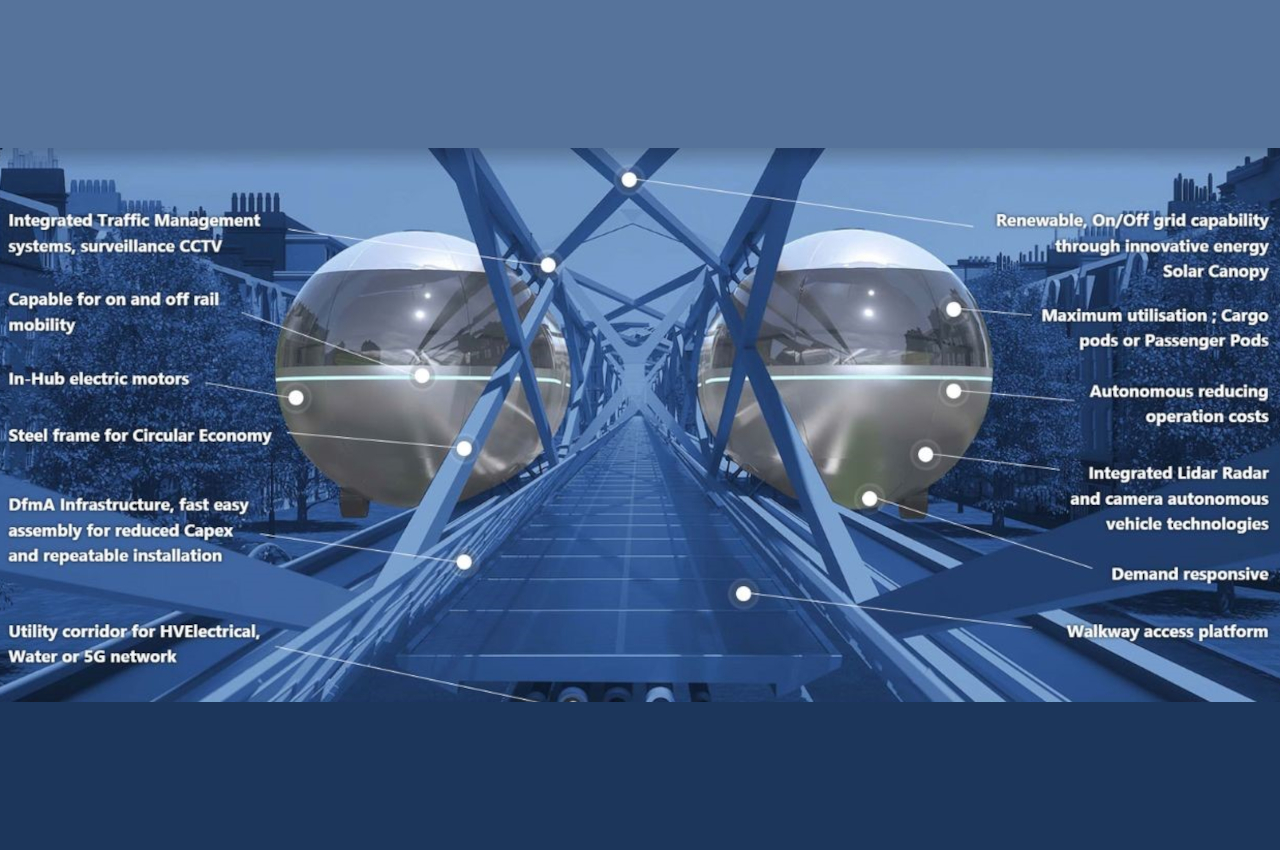
Furthermore, the Floc Duo Rail system is characterized by its reliance on solar energy. Equipped with solar panels, the system generates the electricity needed for operation, aligning with Dubai’s commitment to sustainable practices. As a 21st-century mass transit solution, Floc Duo Rail is adaptable to various urban environments, scalable from small local links to extensive city-wide networks. The stations, ranging from ‘bus stops’ to large interchanges, are customized to meet rider demand. Platform lengths are flexible, allowing platoons to break up when entering and exiting stations. The driverless nature of the pods allows for smart-designed capacity adjustments, ensuring energy efficiency by using short units during low peak periods and long units during high peak periods.
Ricky Sandhu, the founder and CEO of Urban.Mass, emphasized the partnership’s significance, stating that it epitomizes the strong commitment of the UK and the UAE to combat climate change. The collaboration is poised to pave the way for sustainable mass transit solutions through innovative technology, reshaping urban mobility in the city.
Solar-Powered Rail Bus System:
In a parallel development, Dubai’s RTA has signed a memorandum with US-based Rail Bus Inc. to develop a solar-powered rail bus system. This system employs small, driverless electric vehicles that run on elevated tracks, emphasizing its lightweight and flexible nature. The adaptability of this system makes it suitable for retrofitting into various environments, offering an environmentally friendly and operationally efficient transportation solution. It’s mostly going to be a smaller size of a metro with an added layer of sustainability.
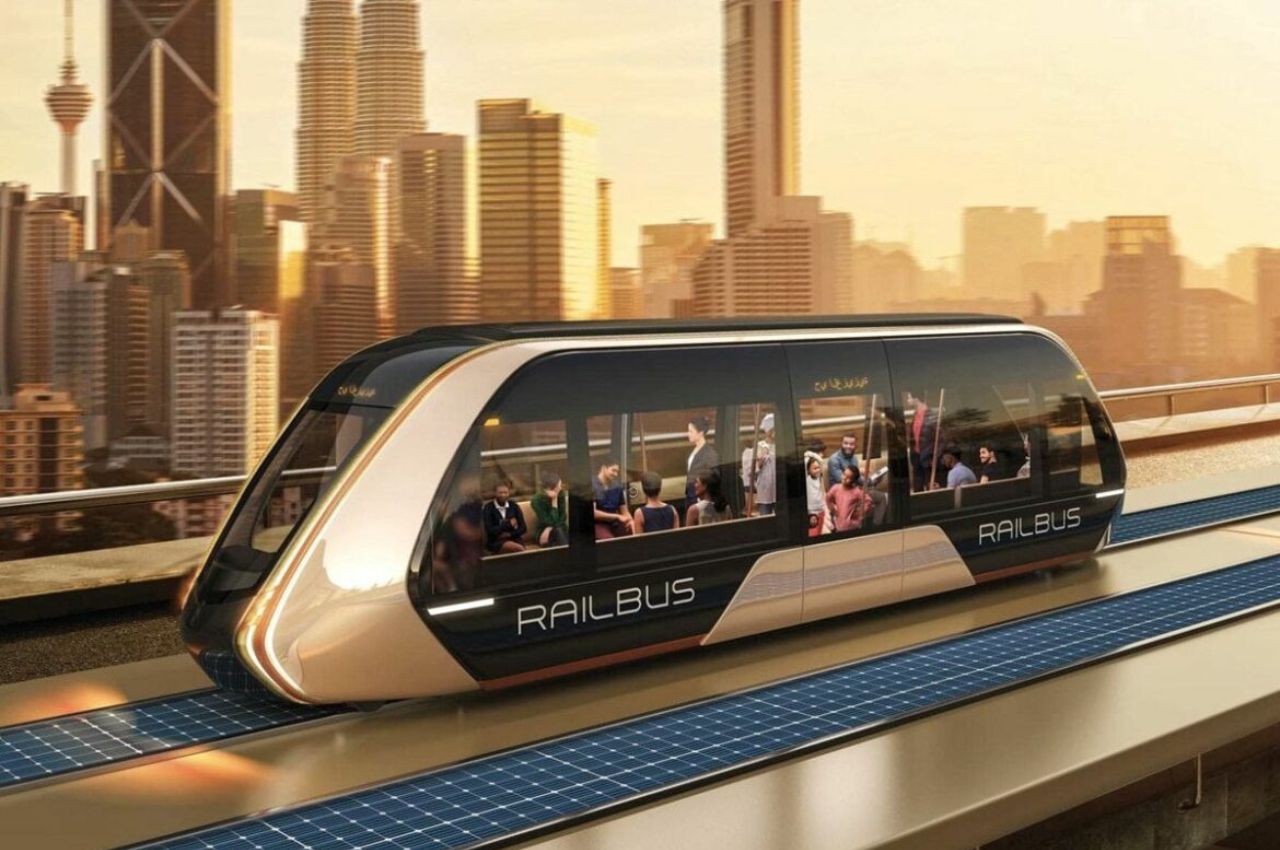
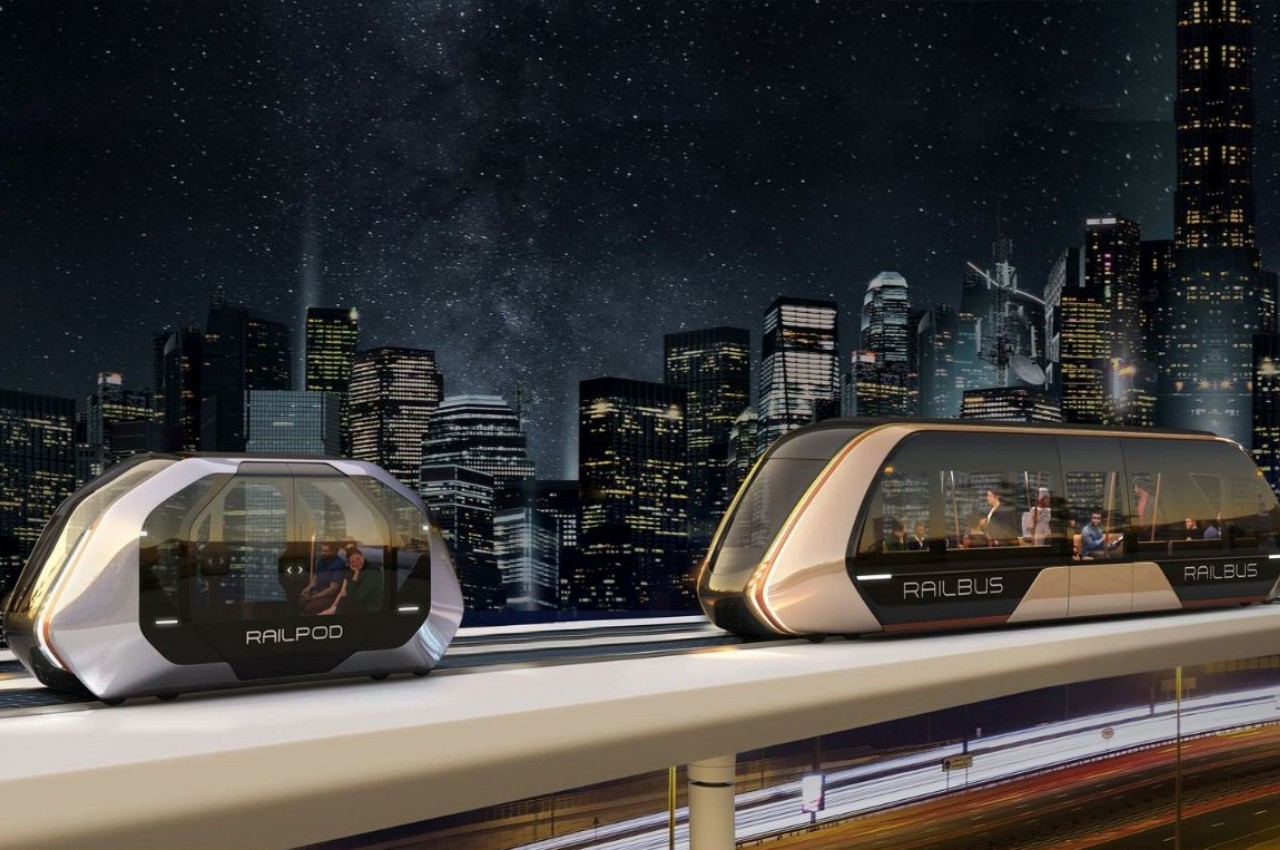
yanko design images to size – Dubai_new_transport_07
Dubai’s campaign into the future of transportation through the Floc Duo Rail system and the solar-powered rail bus system underscores the city’s commitment to adopting cutting-edge technologies and sustainable practices. As the world watches, Dubai continues to position itself as a pioneer in urban mobility, setting the stage for a greener and technologically advanced future. These initiatives not only enhance the city’s quality of life but also contribute to a global conversation about the possibilities and benefits of embracing innovative and sustainable transportation solutions.
The post Dubai Solar-Powered Rail Bus System Will Bring Us a Marvel Once Again first appeared on Yanko Design.
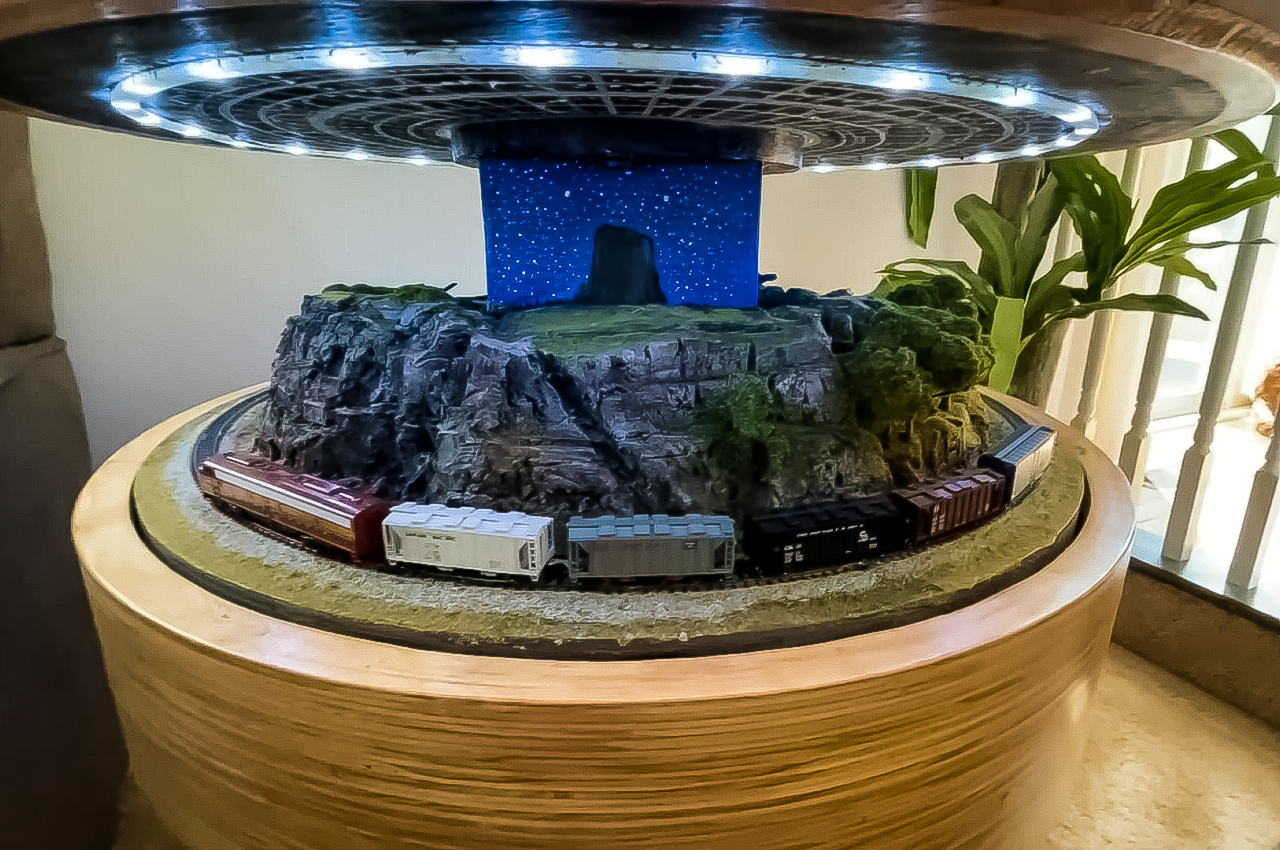
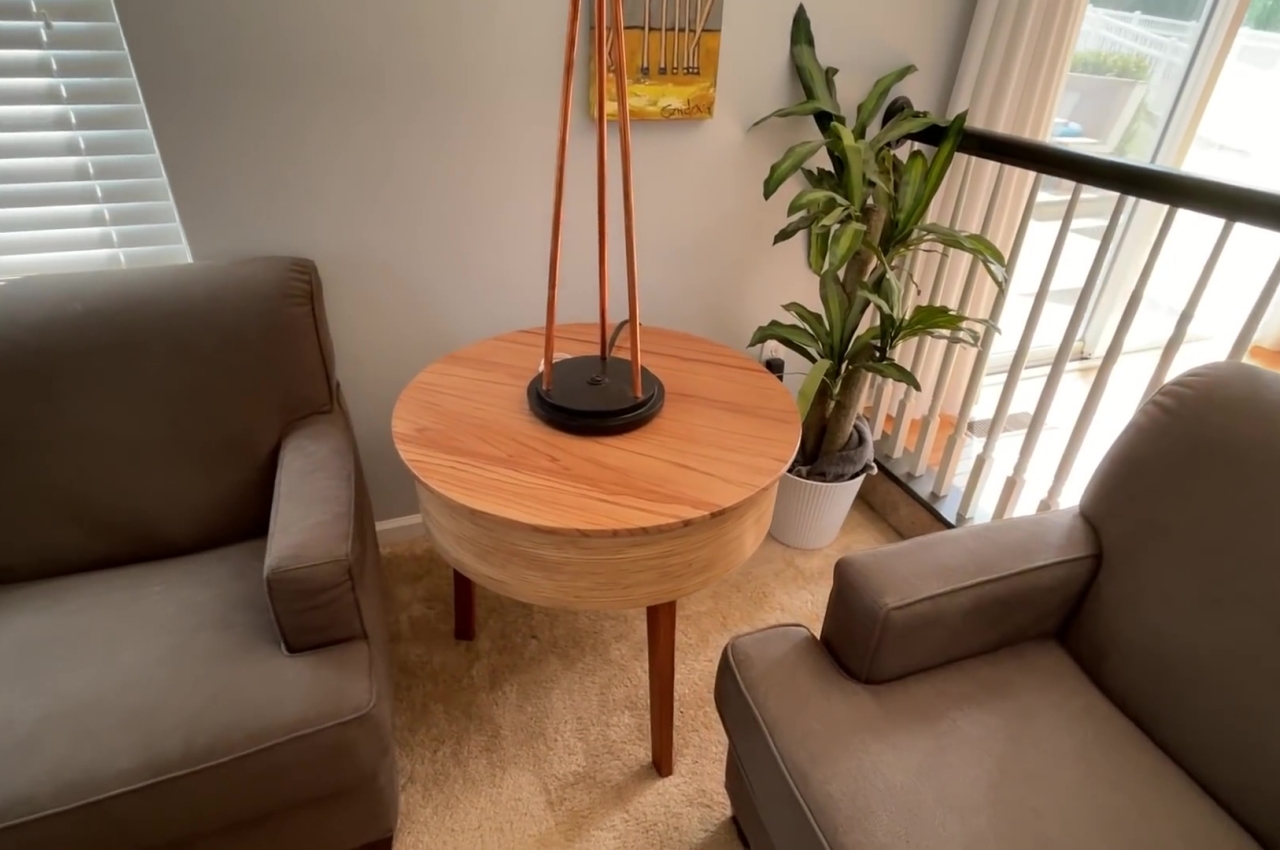
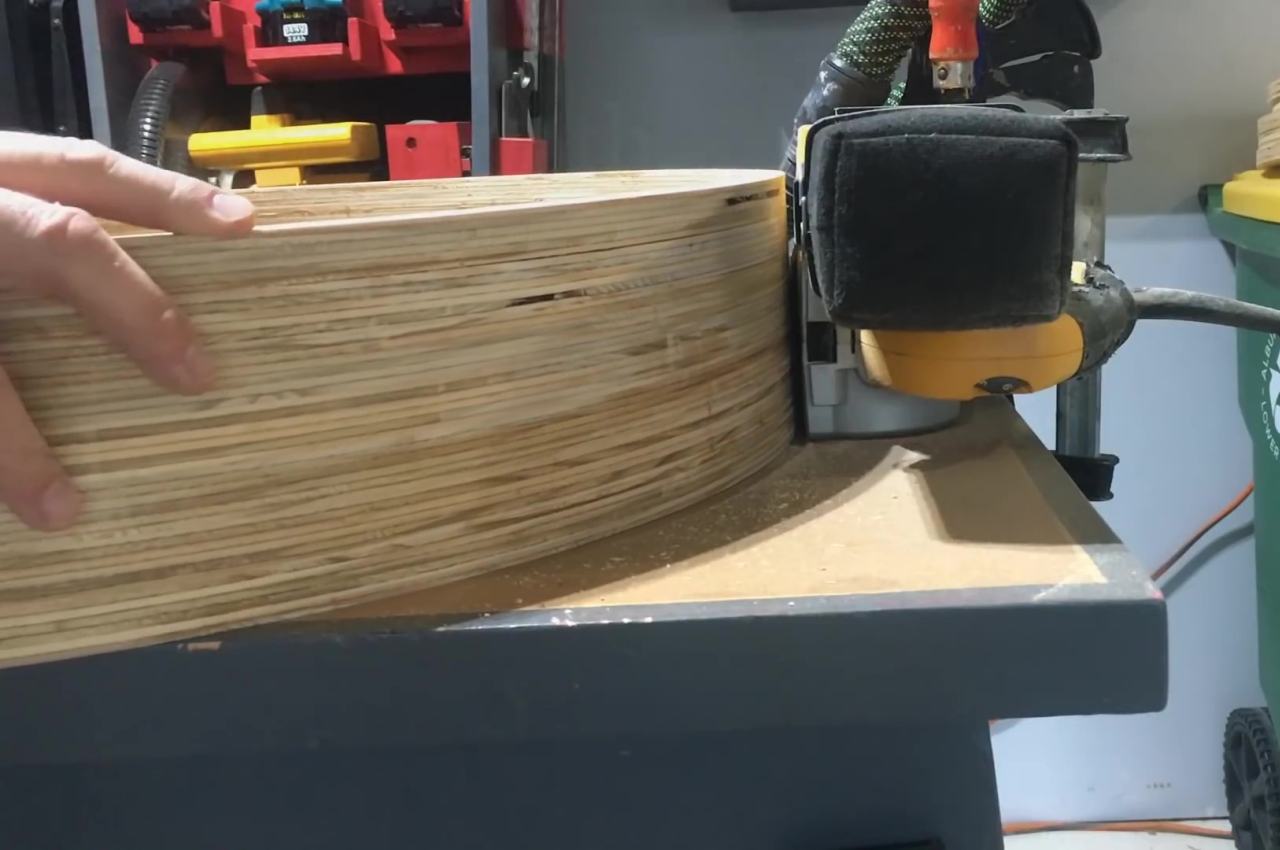
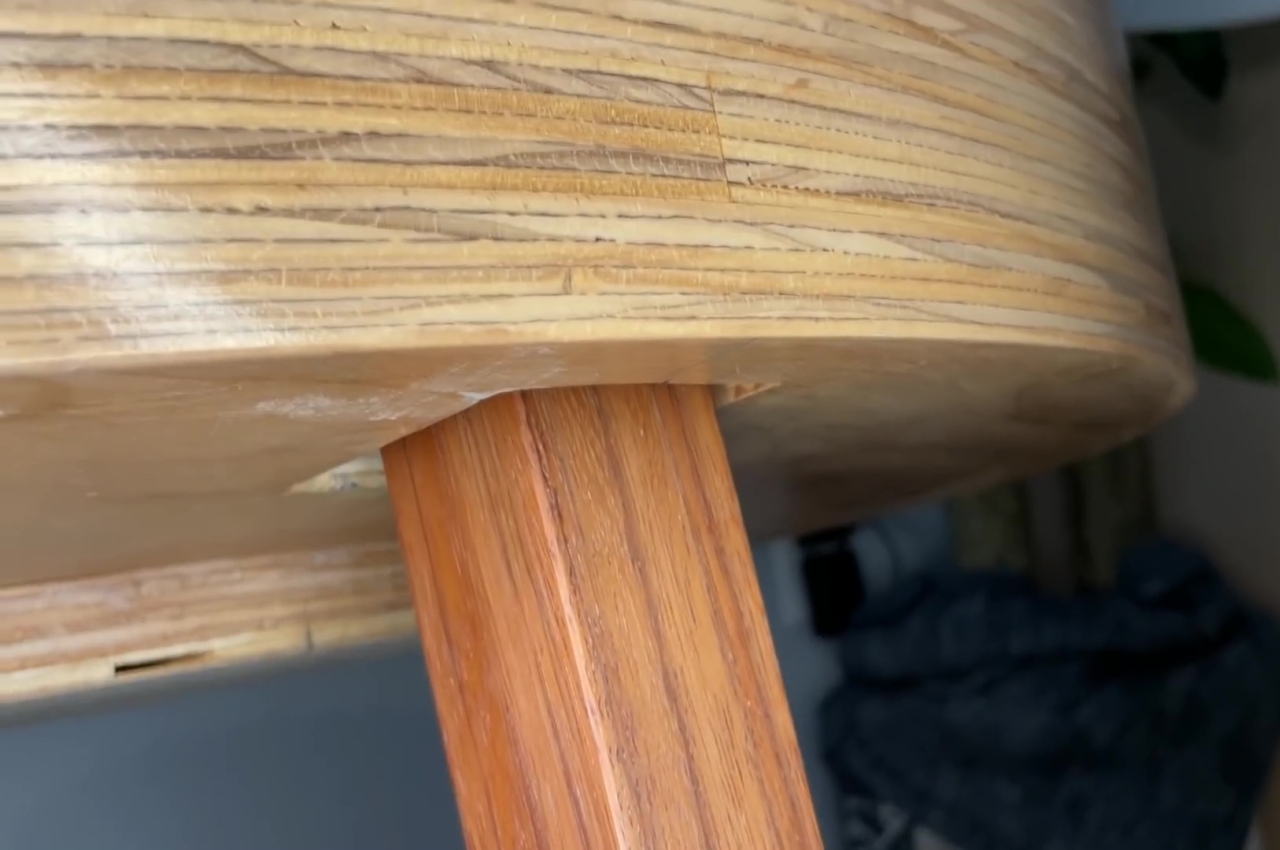
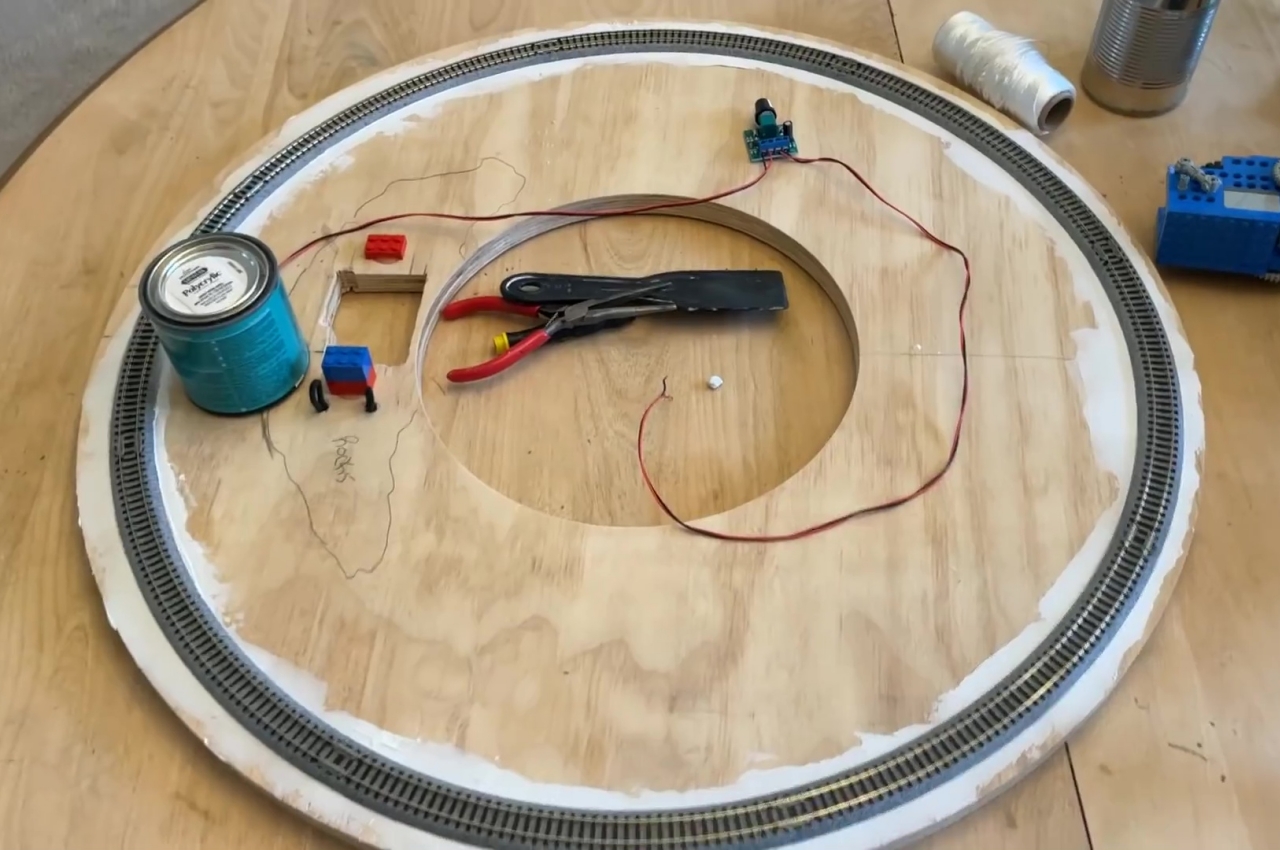
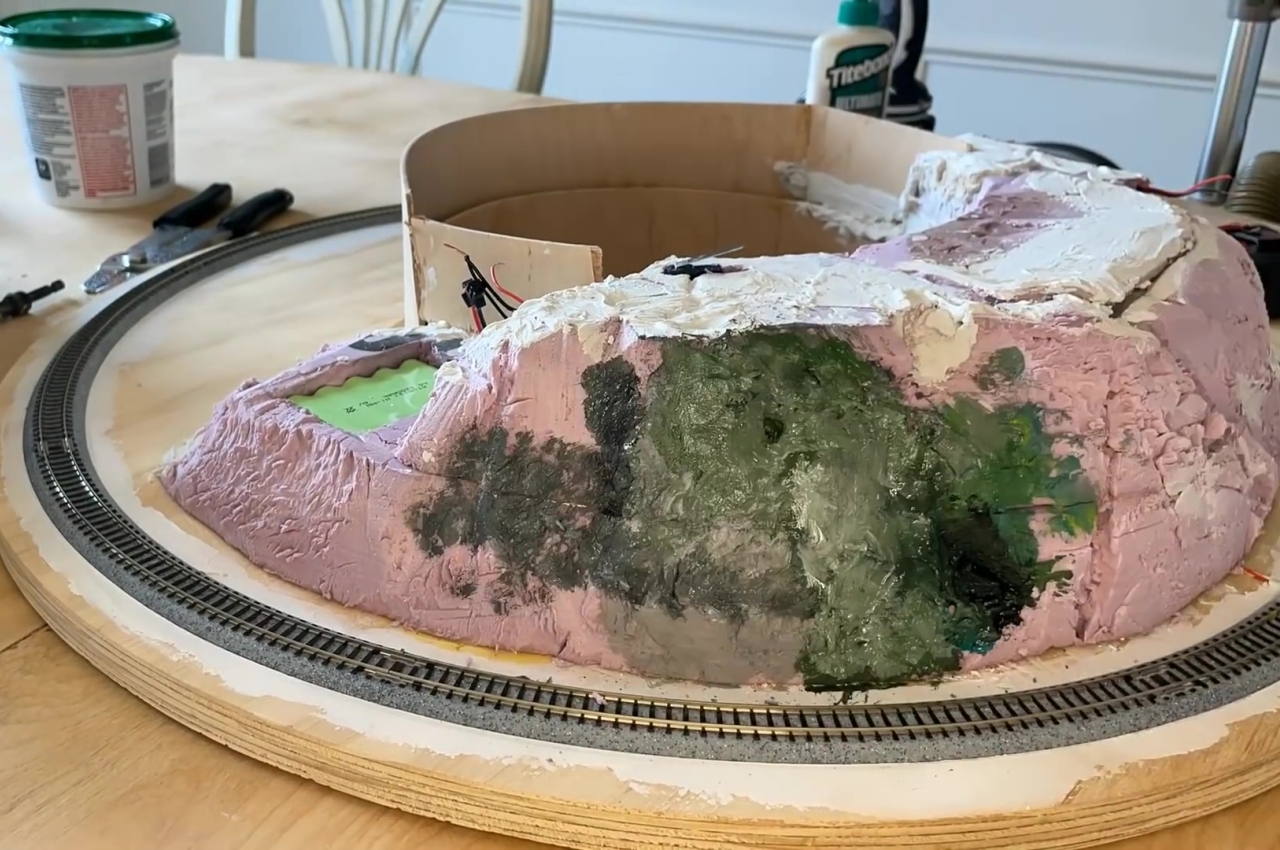
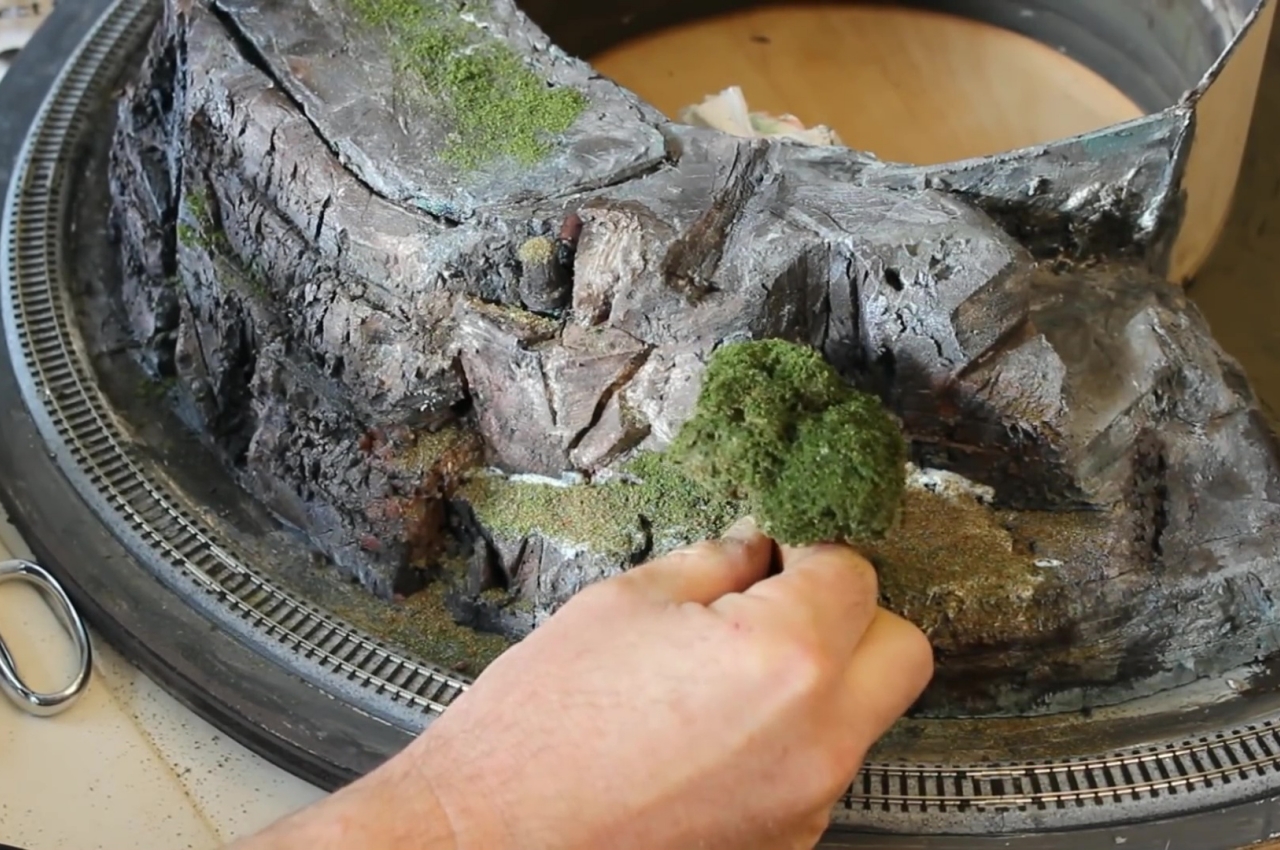
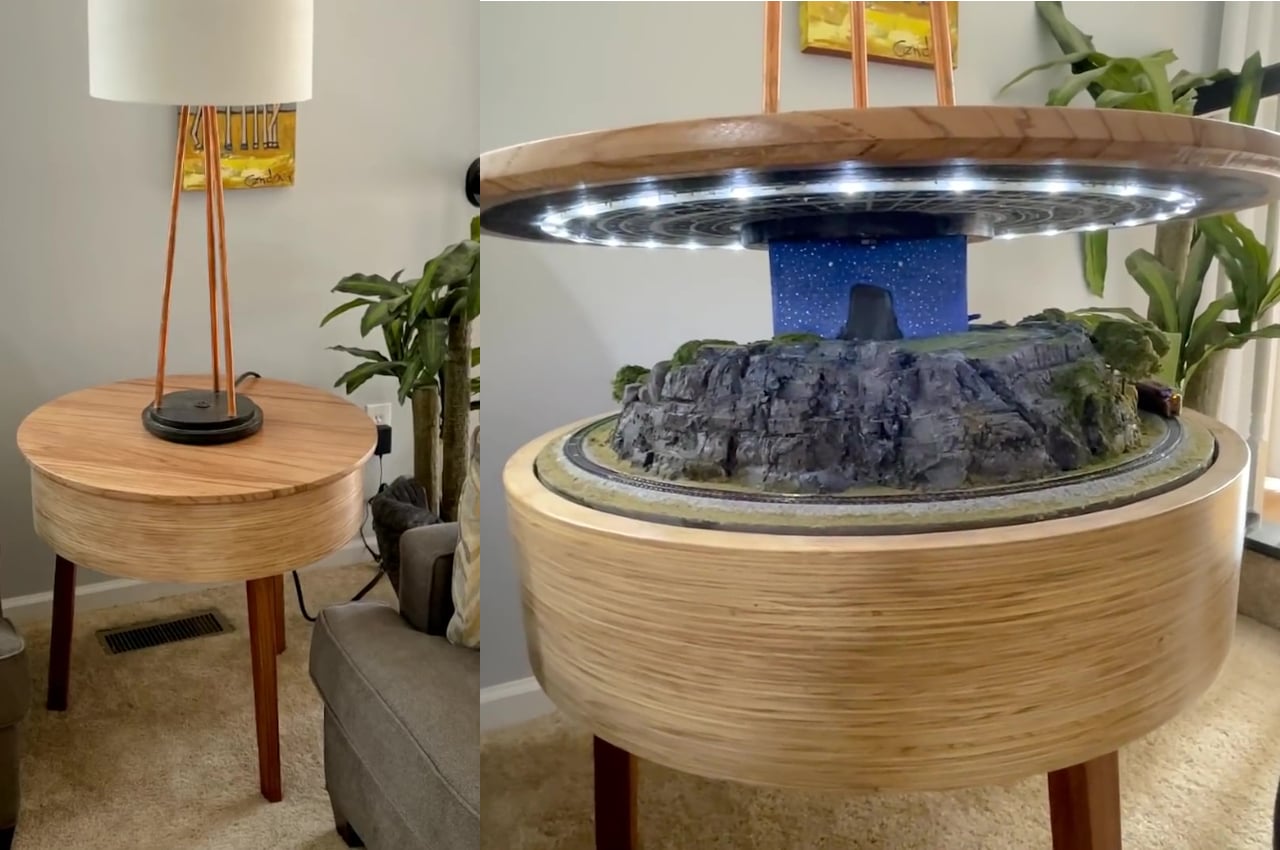
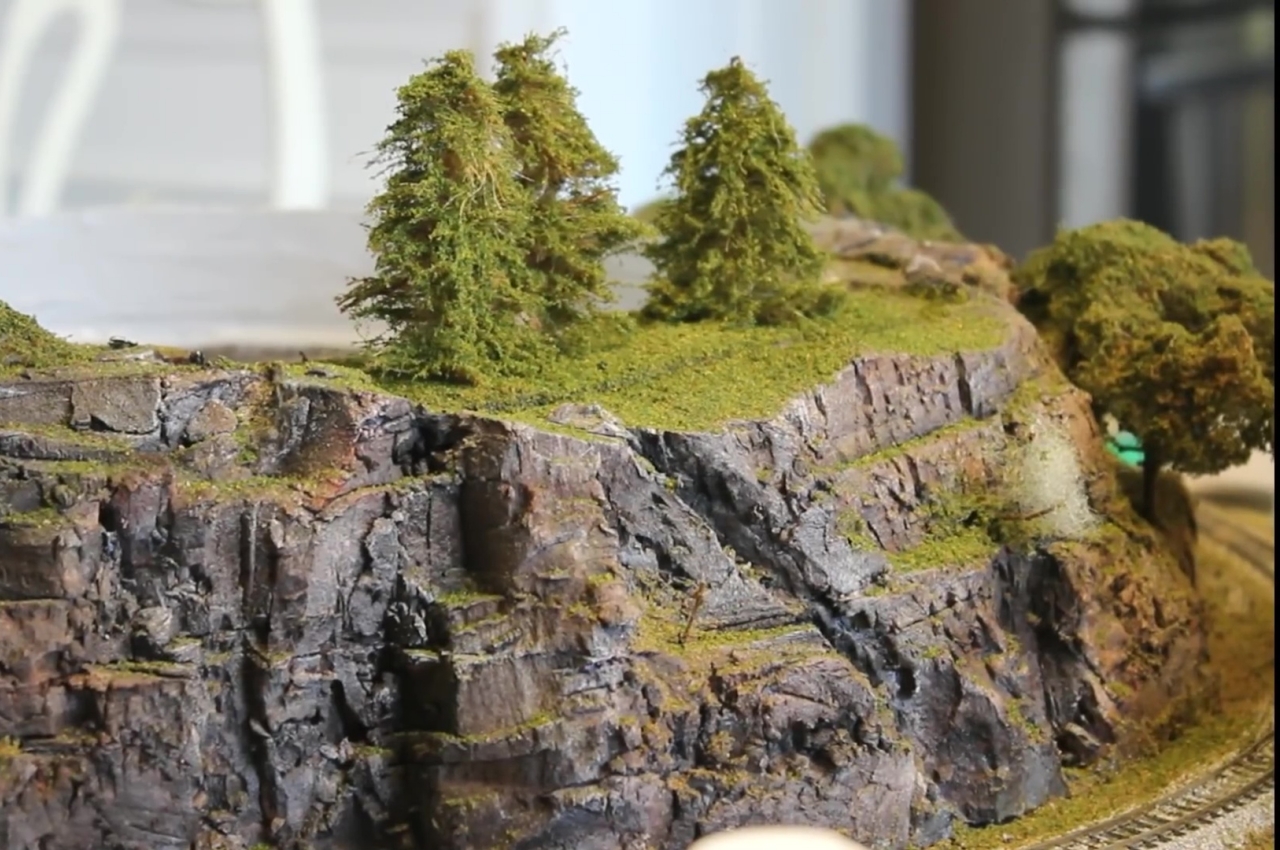
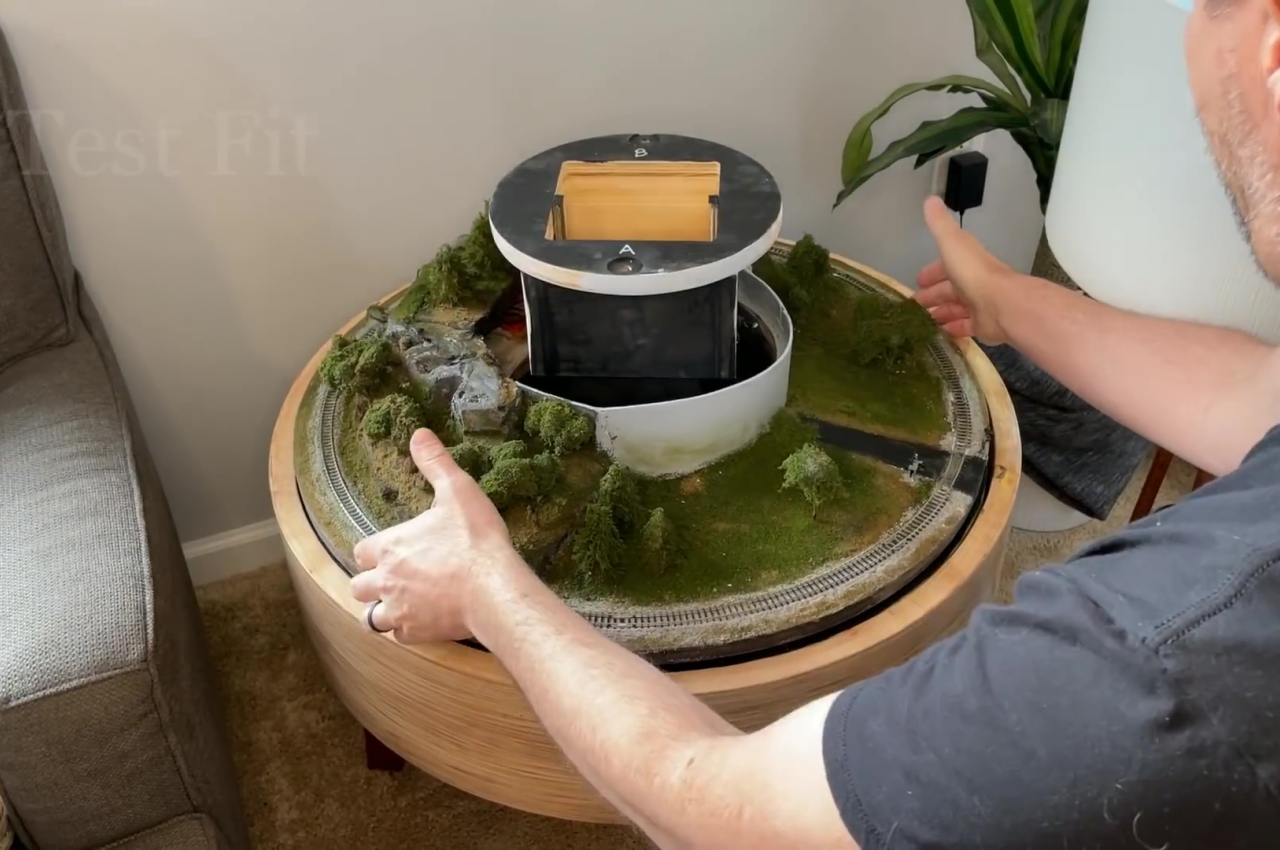
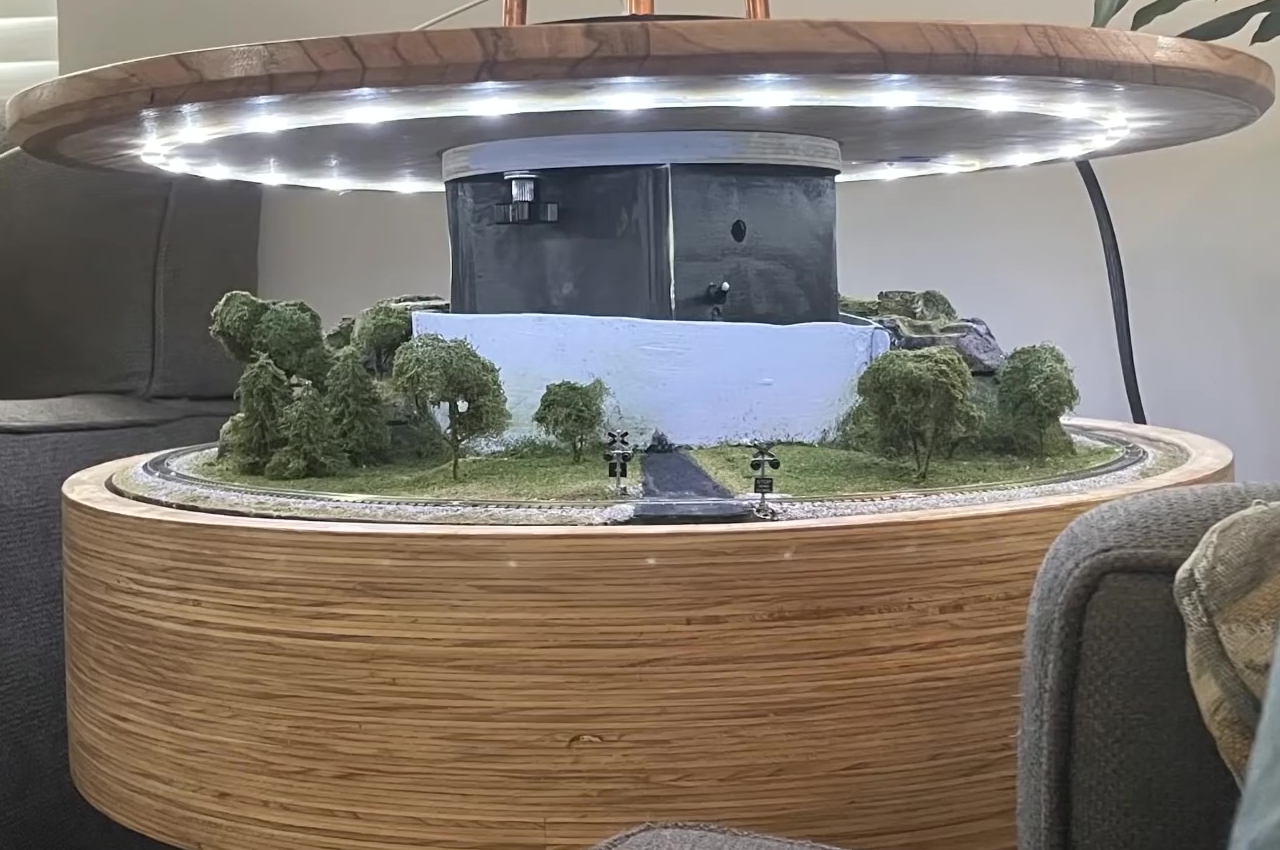
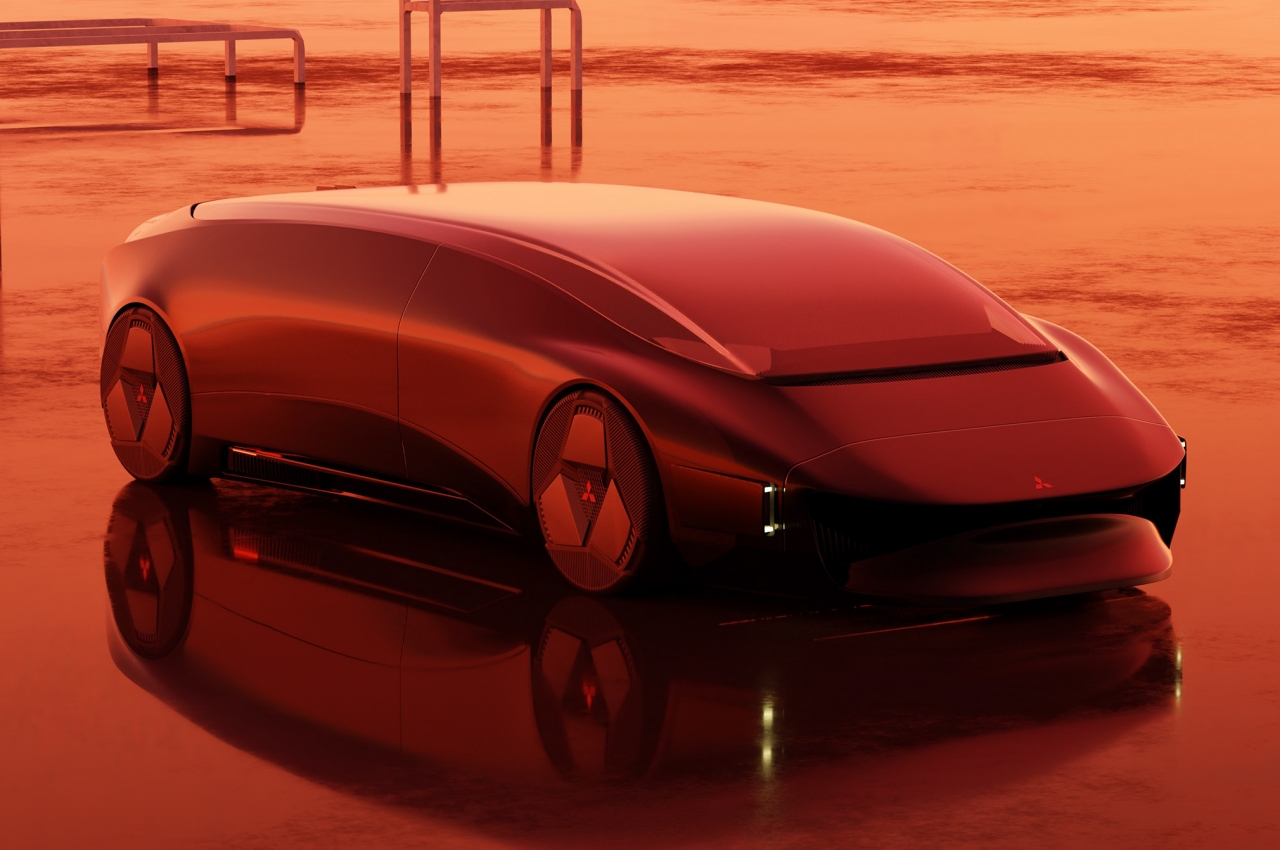
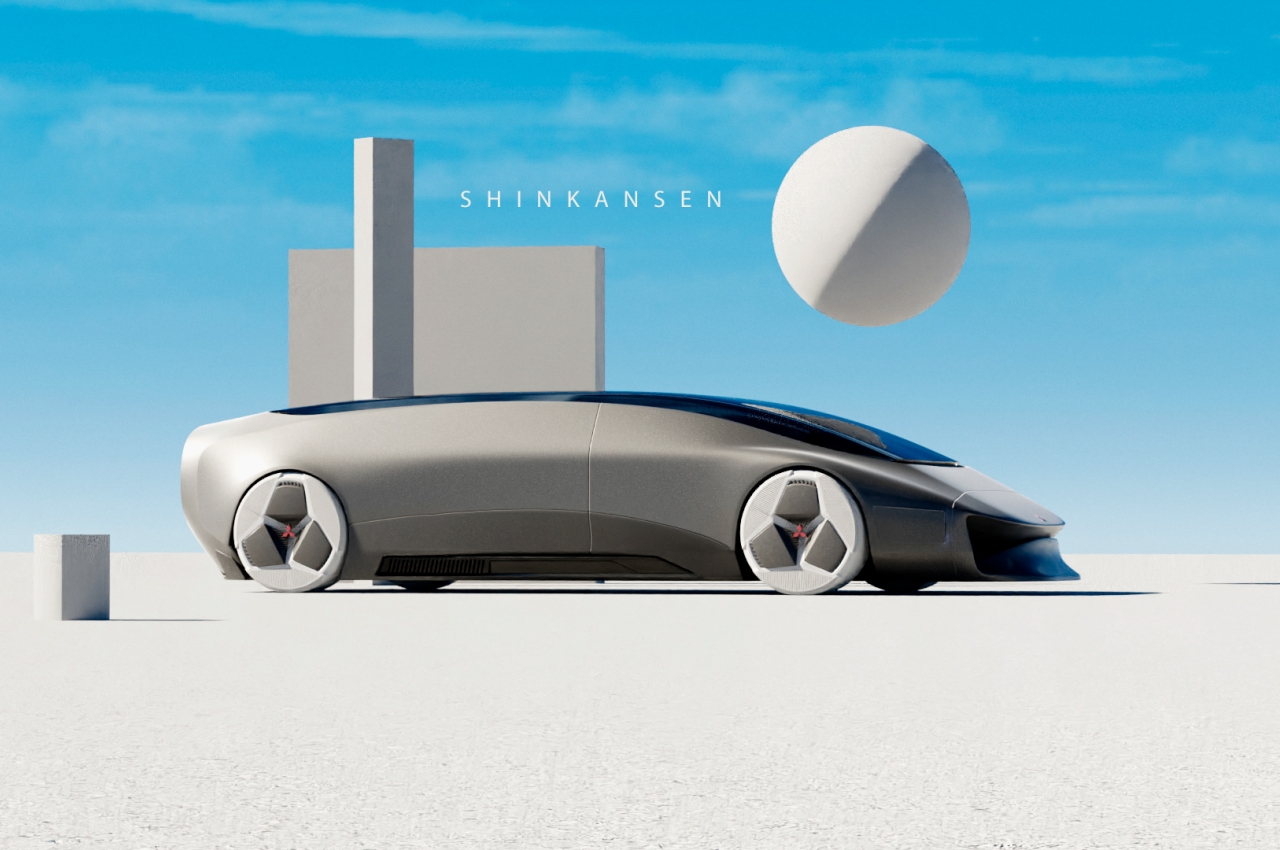
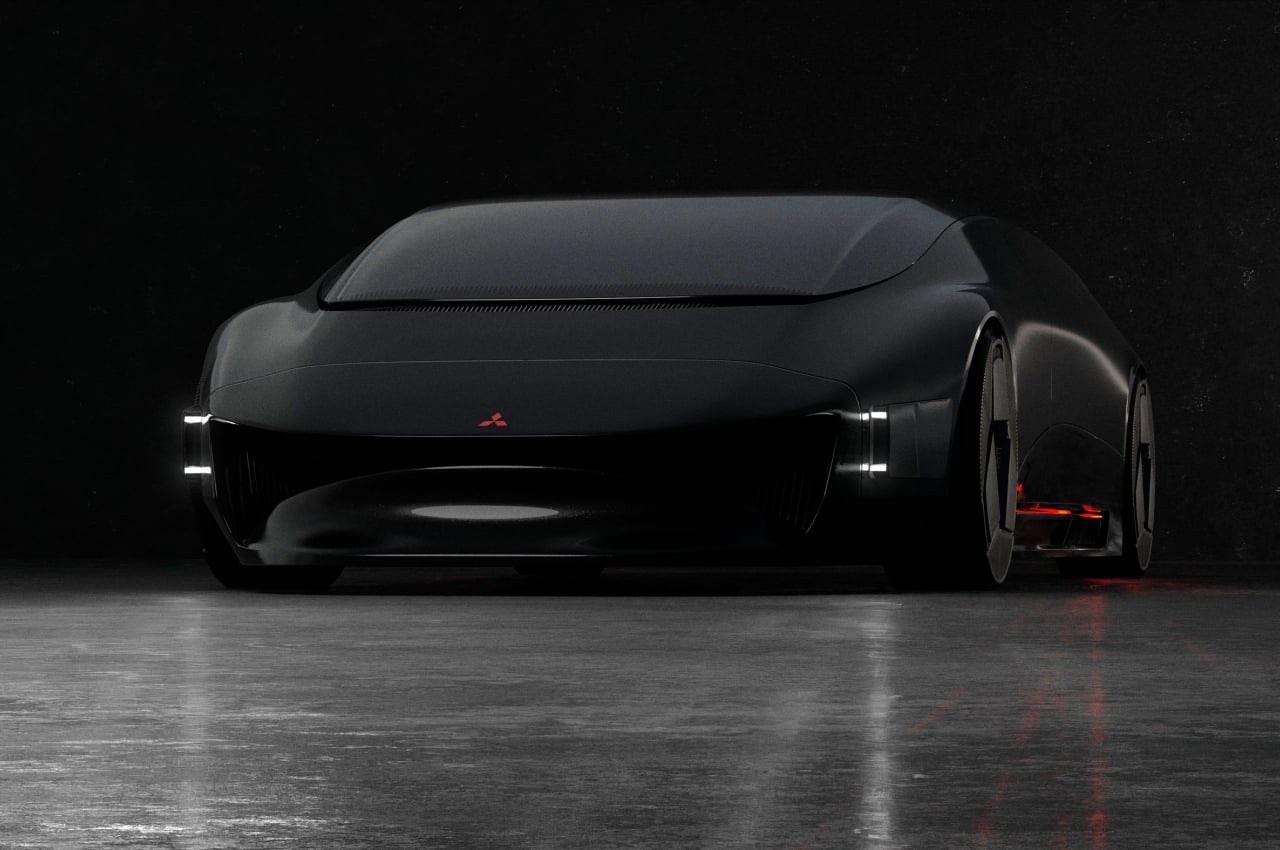
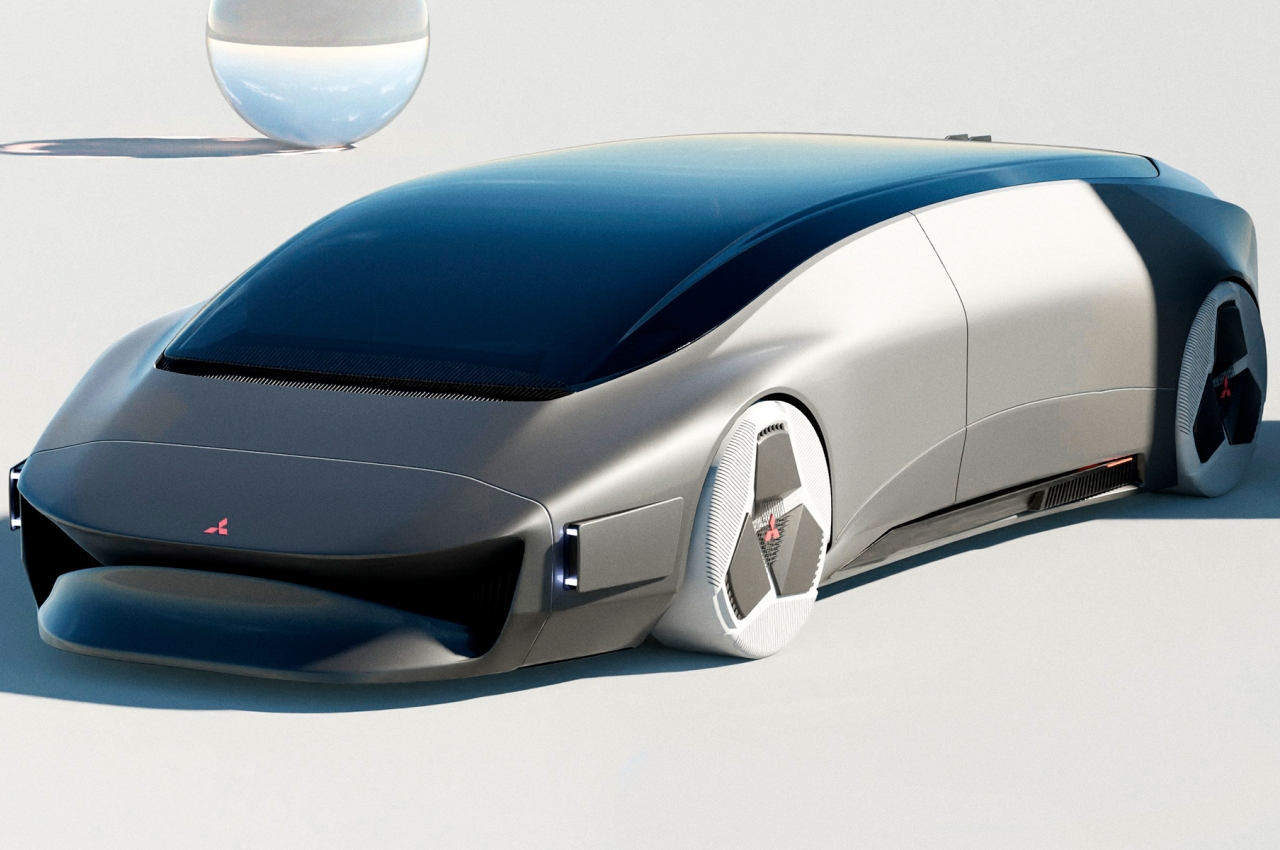
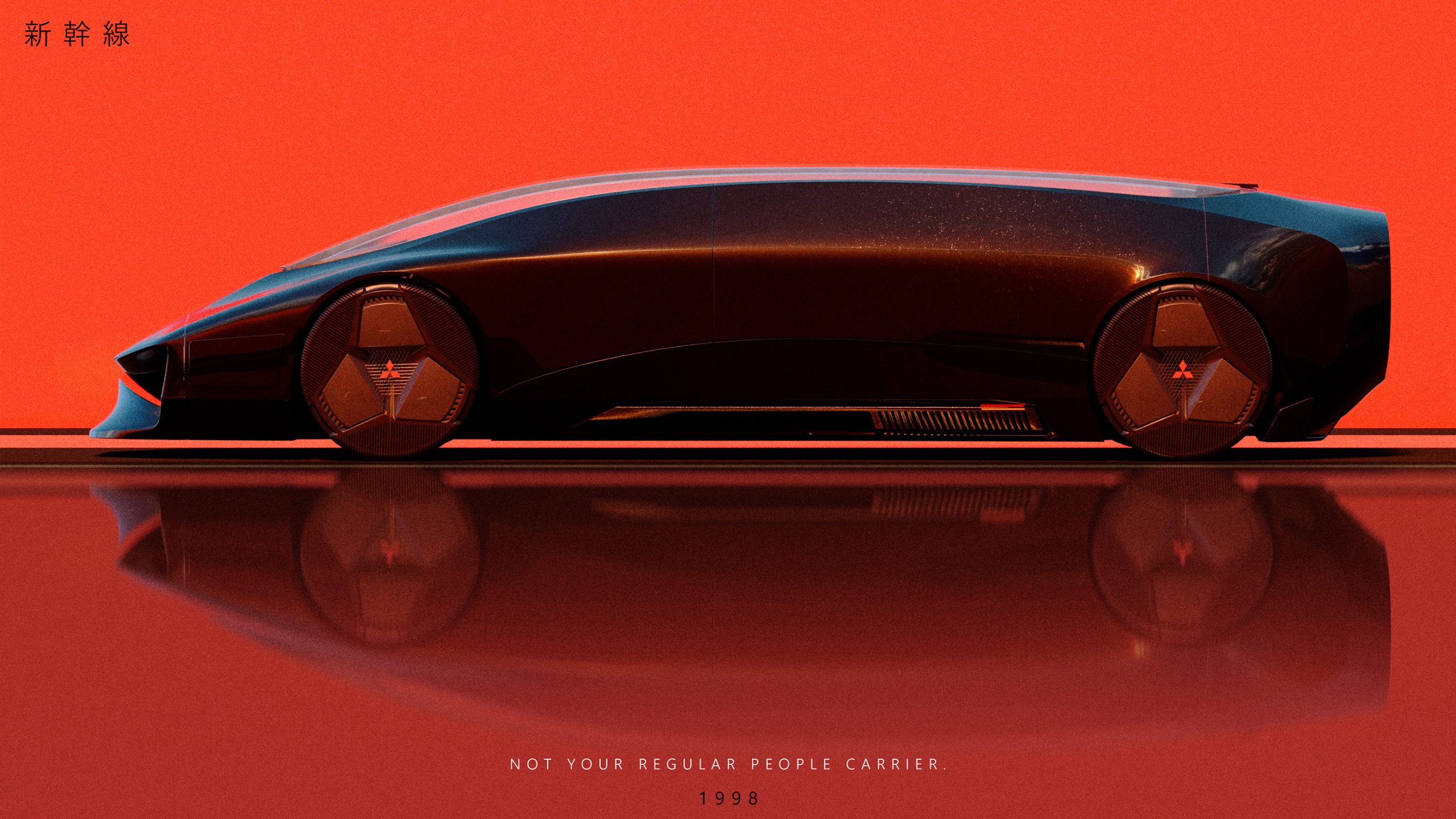
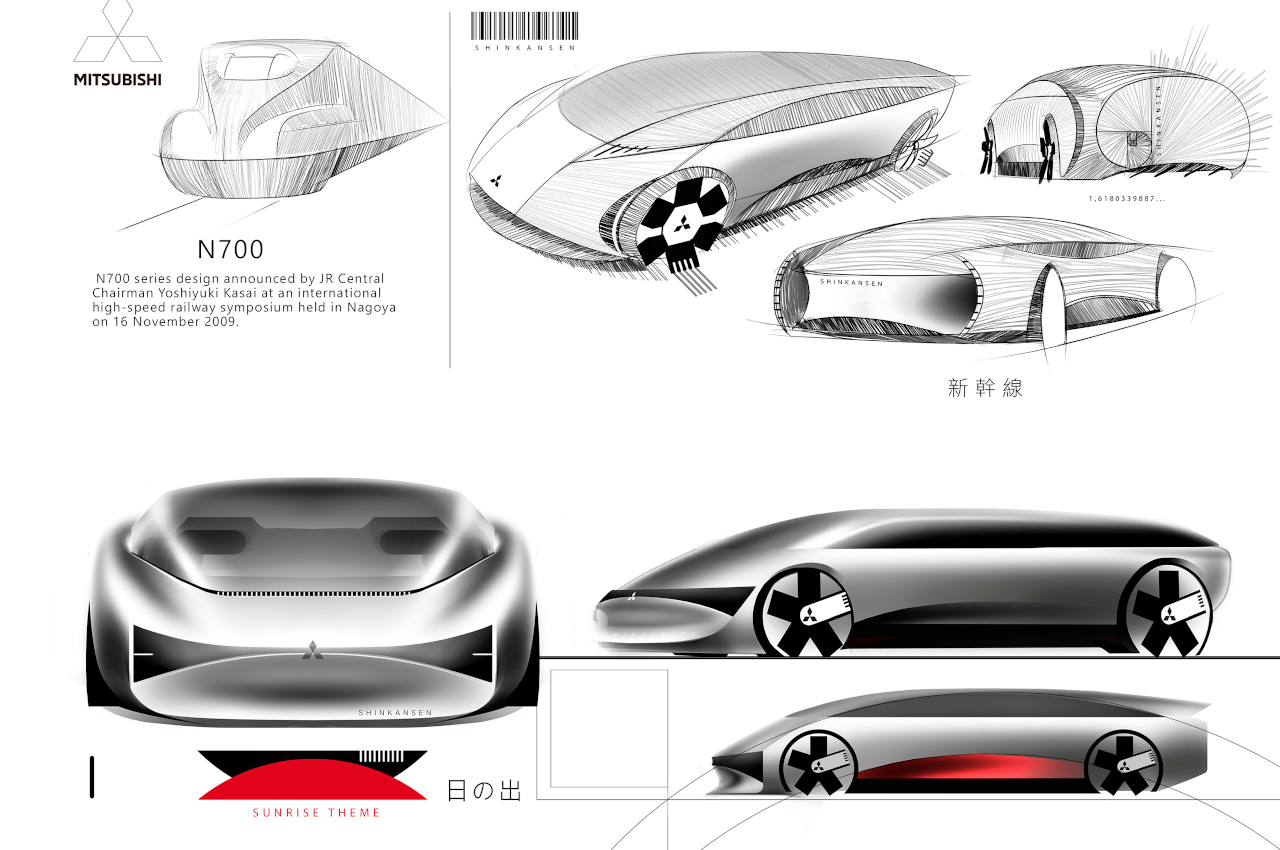
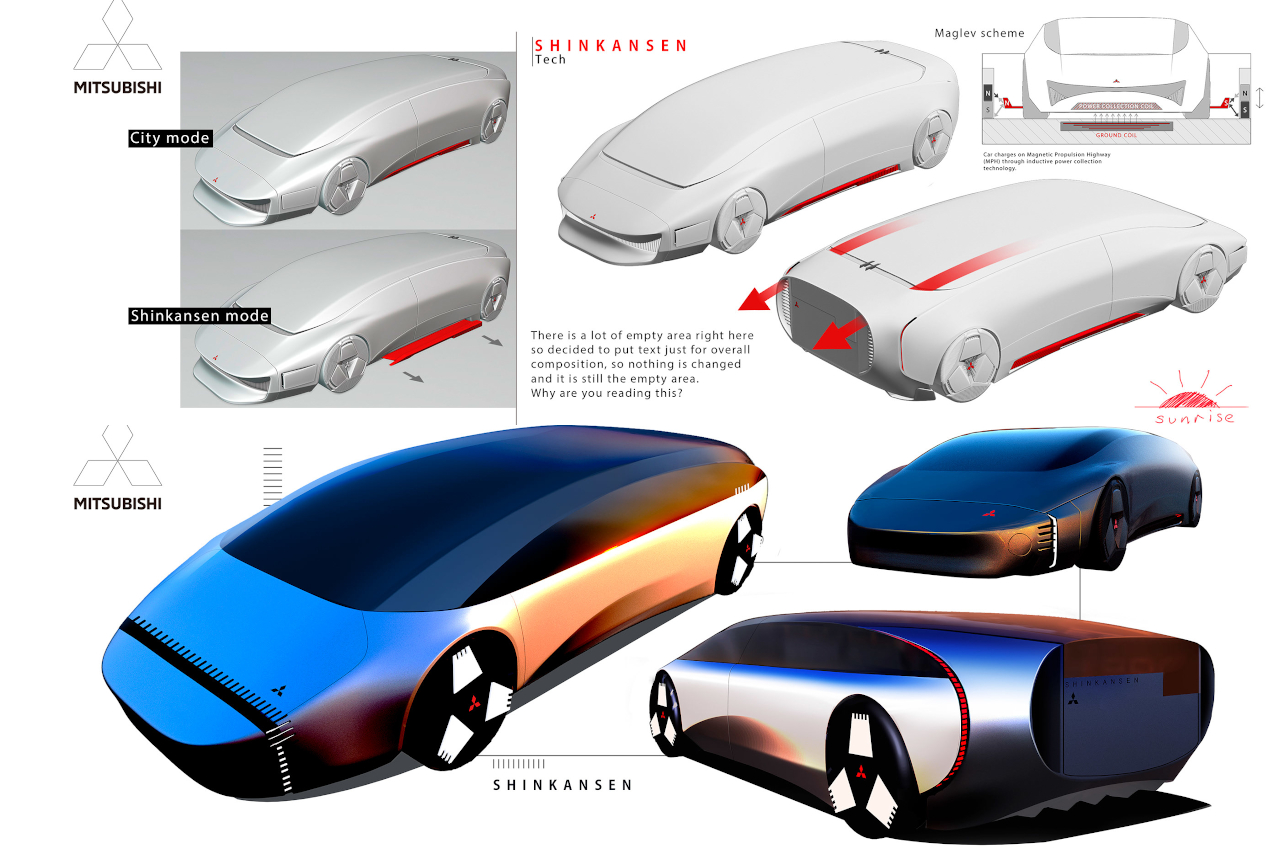
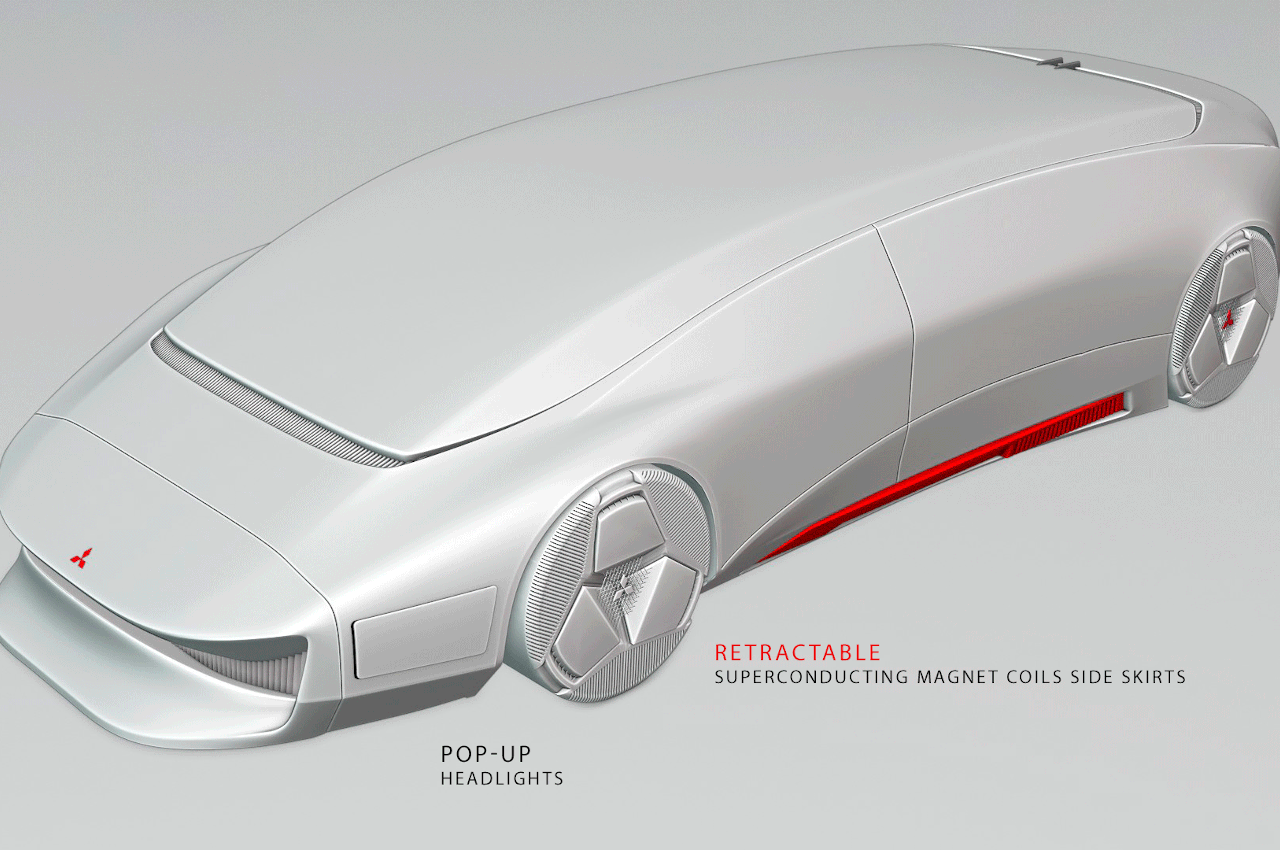
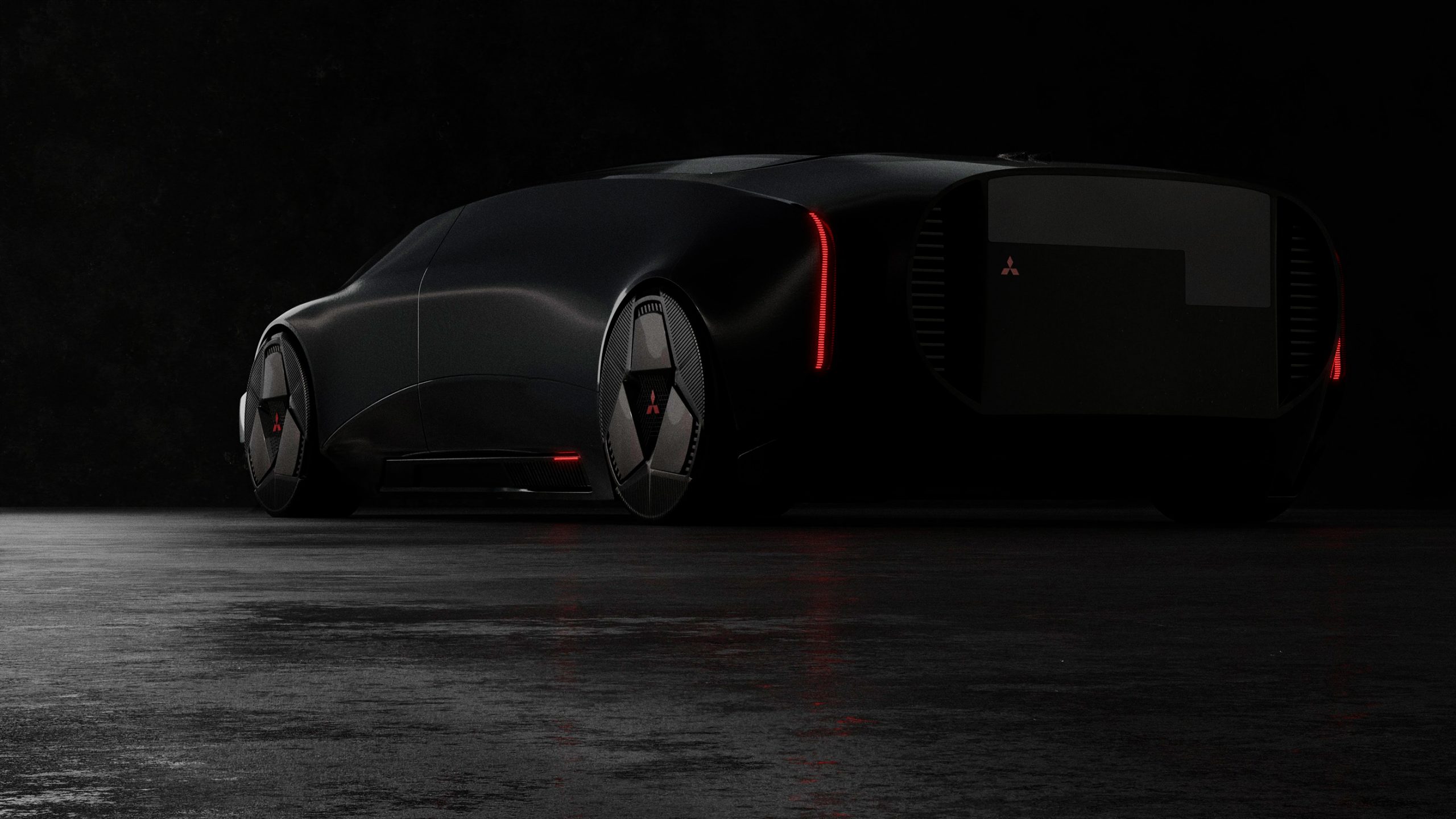
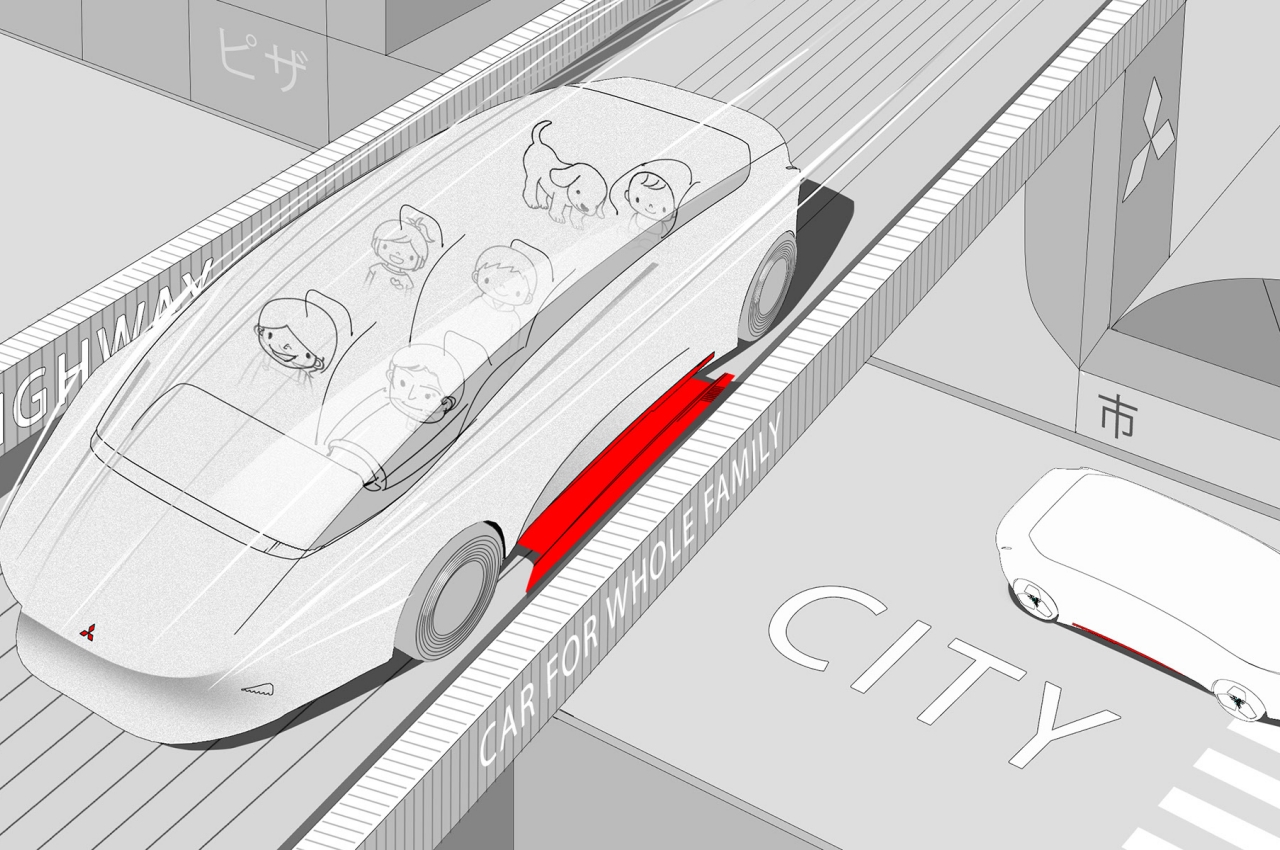
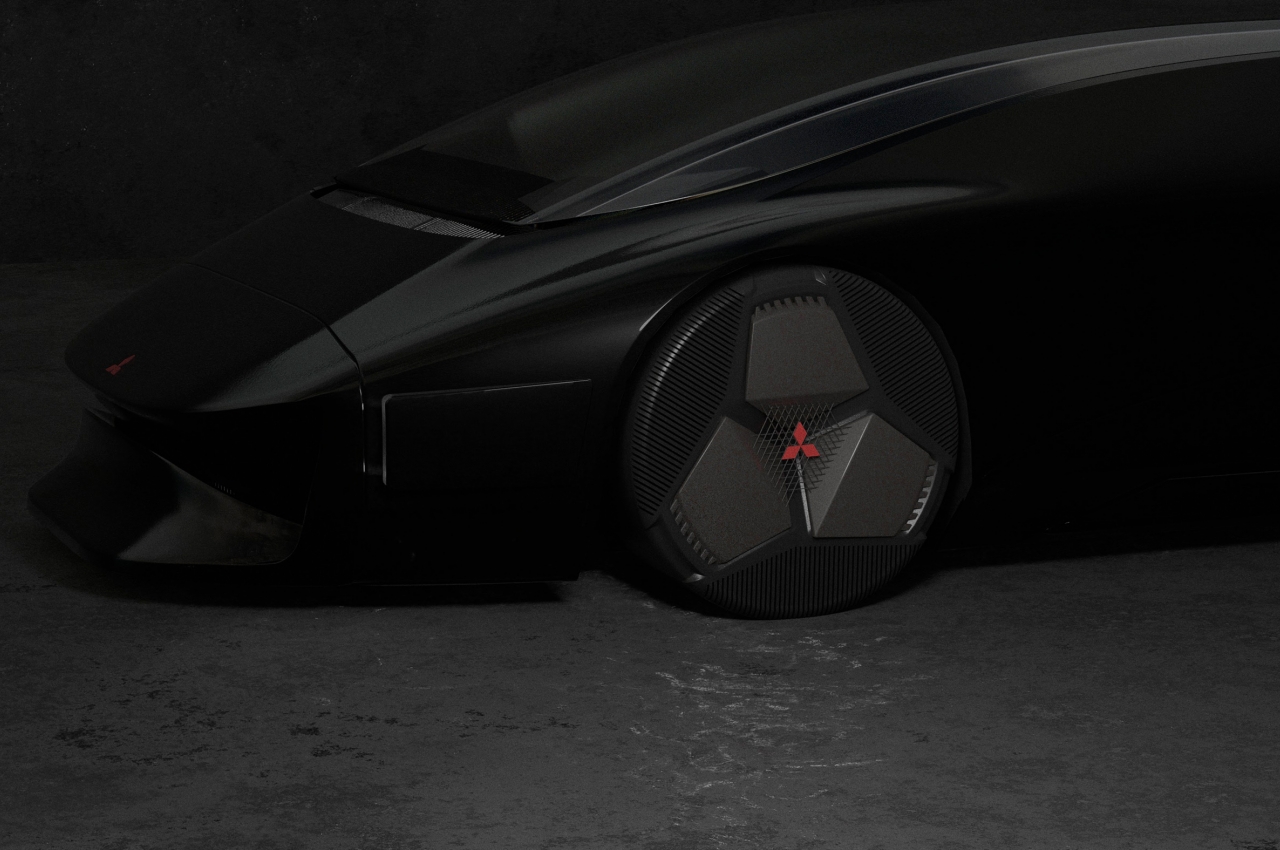
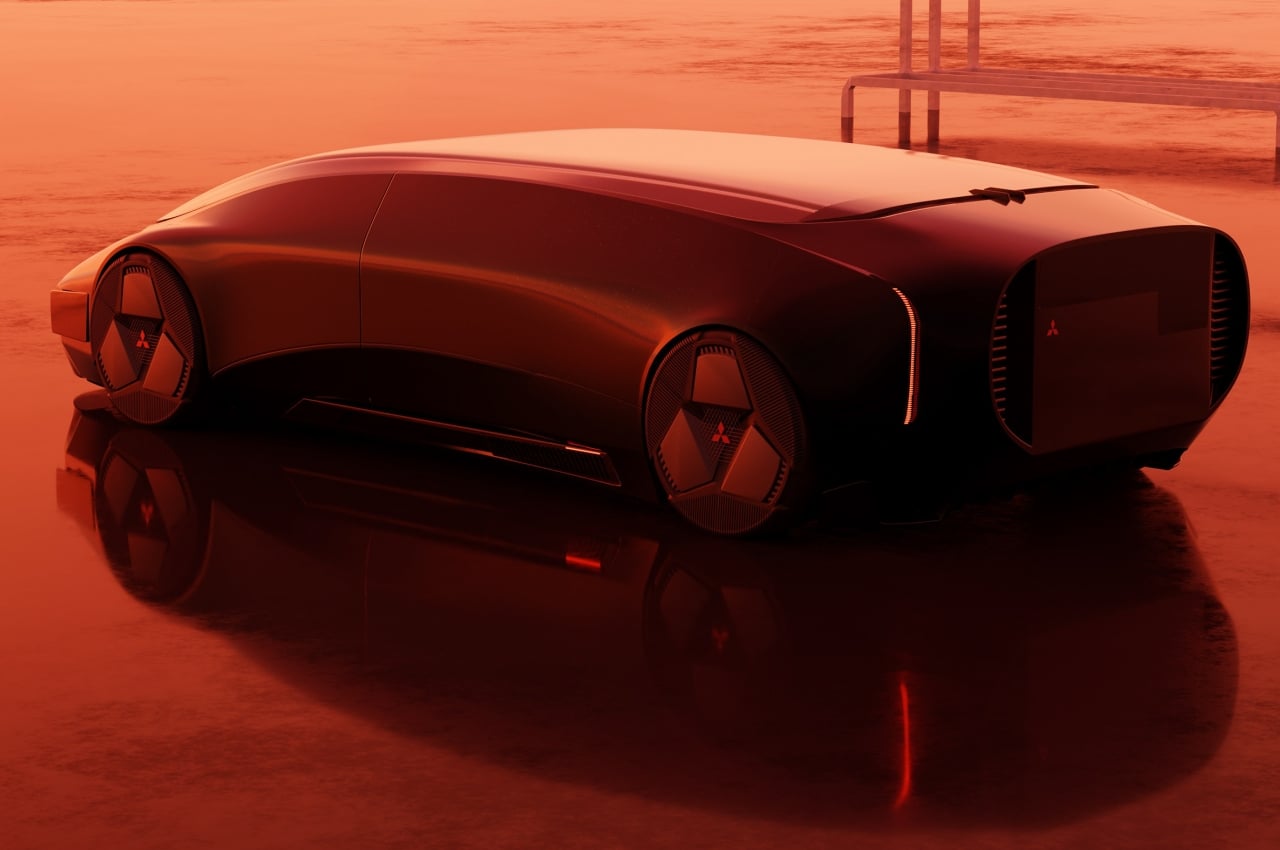

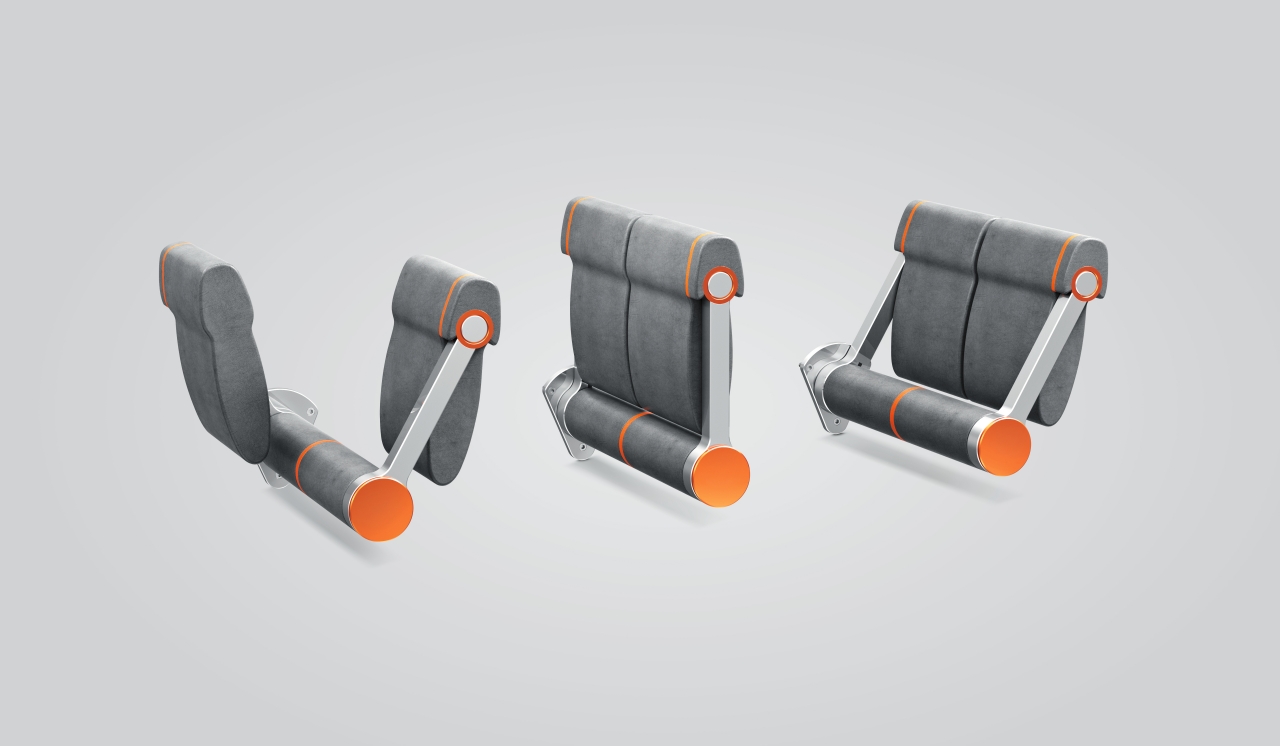
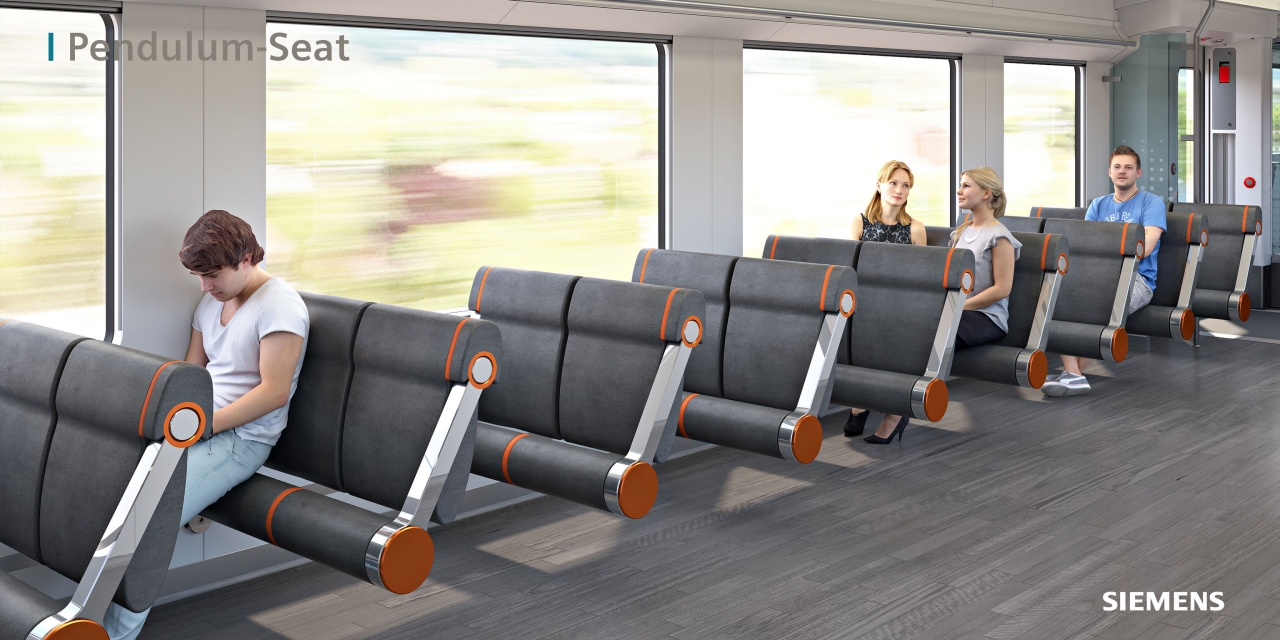
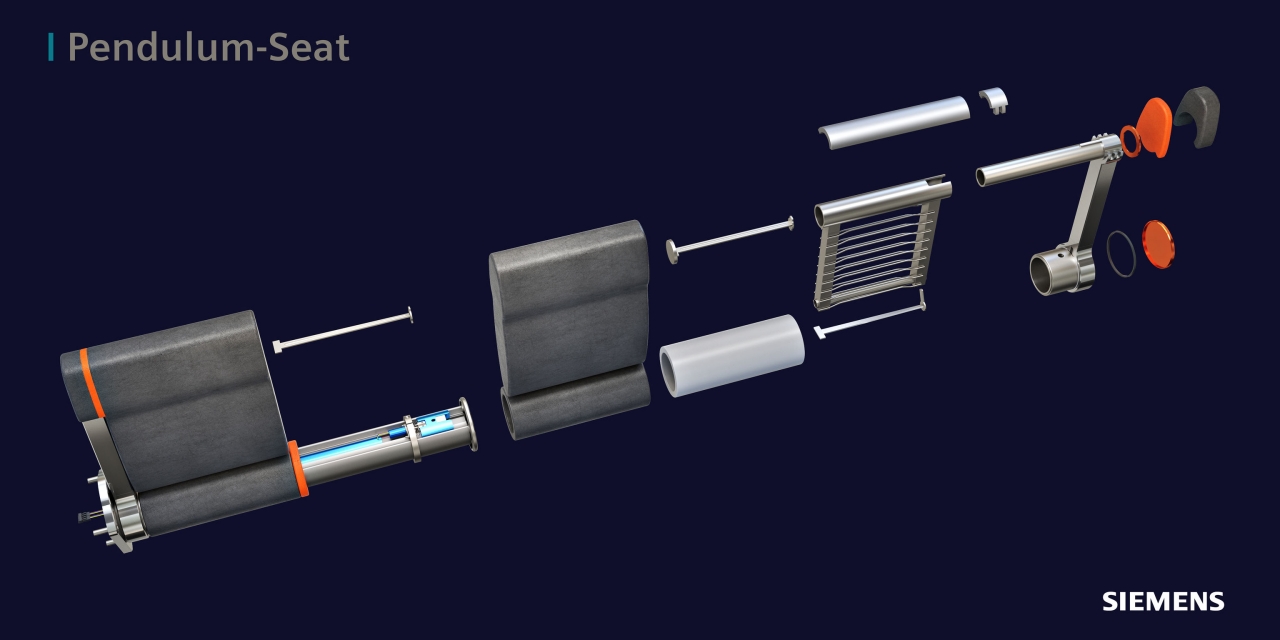
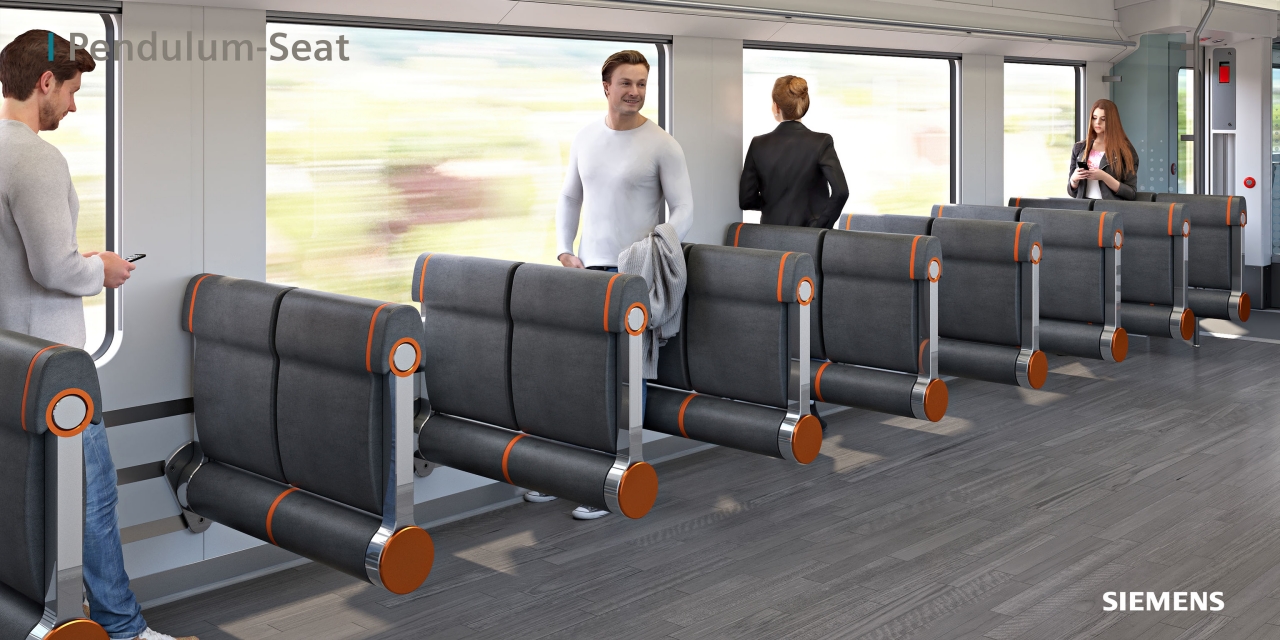

 When the 50-second silent short film L'Arrivée d'un train en gare de La Ciotat premiered in 1896, some theatergoers reportedly ran for safety at the sight of a projected approaching train, thinking that a real one would burst through the scree...
When the 50-second silent short film L'Arrivée d'un train en gare de La Ciotat premiered in 1896, some theatergoers reportedly ran for safety at the sight of a projected approaching train, thinking that a real one would burst through the scree...
